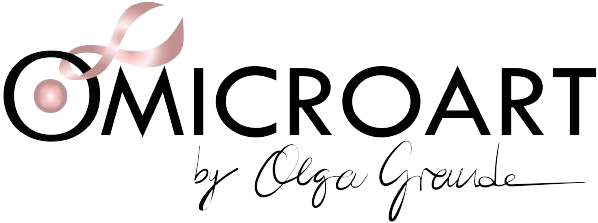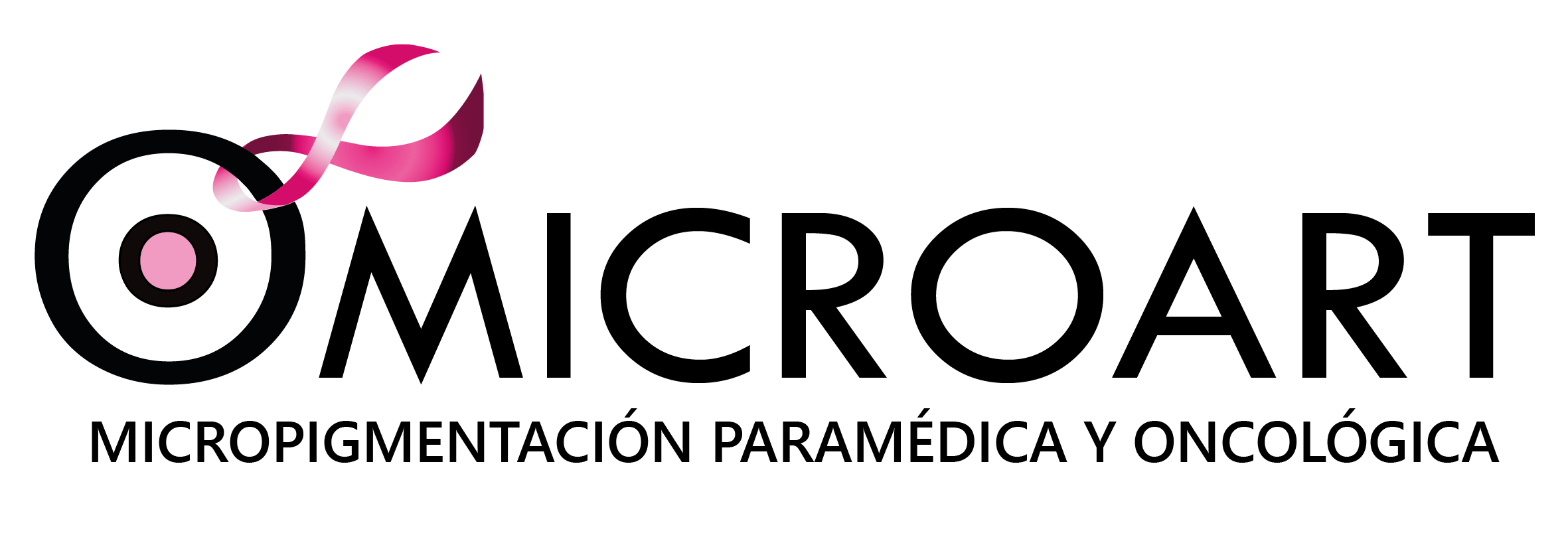Oncological Micropigmentation
Oncological Micropigmentation does not eradicate the disease, but it does help alleviate its effects by camouflaging, reconstructing, recreating, and beautifying the affected areas.
At Omicroart, we specialize in areola micropigmentation, eyebrows, and the recreation of eyelashes.
Areola and Nipple Micropigmentation


3D Reconstruction of the Areola-Nipple
Through a meticulous semi-permanent makeup procedure, we reconstruct the areola-nipple complex in 3D. We use a dermograph to carefully insert the selected pigment, considering design, appropriate colors, and the effects of light and shadow. This process begins with the careful selection of these elements to achieve a natural and realistic outcome.

Realistic Reconstruction of the Areola-Nipple Complex
Our goal is to replicate with precision the color and shape of the areola, as well as the projection of the nipple. Through micropigmentation techniques, we even achieve recreating details such as Montgomery glands, nipple folds, and small capillaries. The result is an astonishingly realistic appearance, achieving a convincing and natural finish.

Helps restore the areola of the breast for women who have lost it after breast mastectomy.
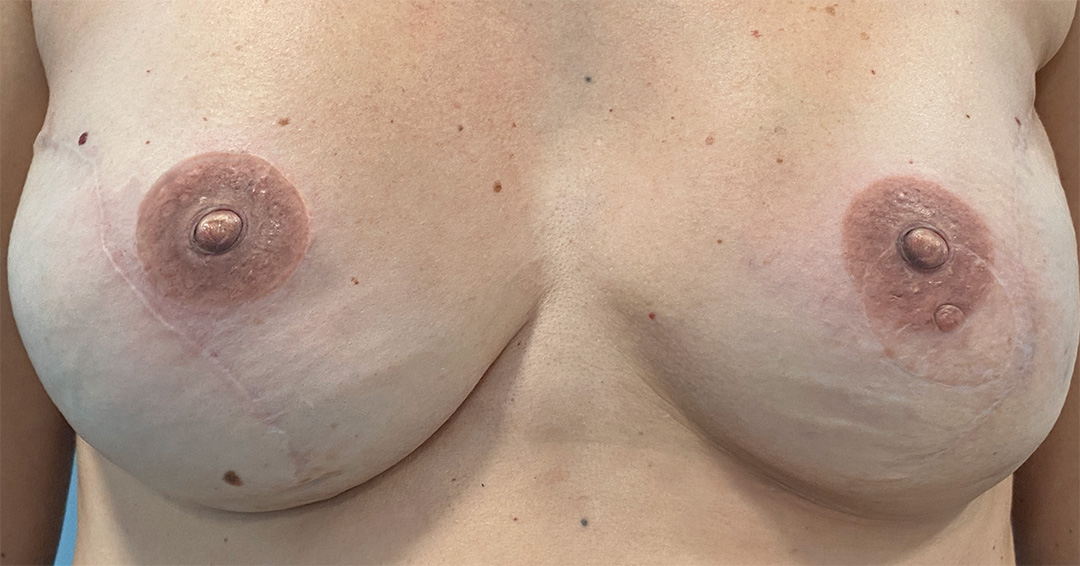
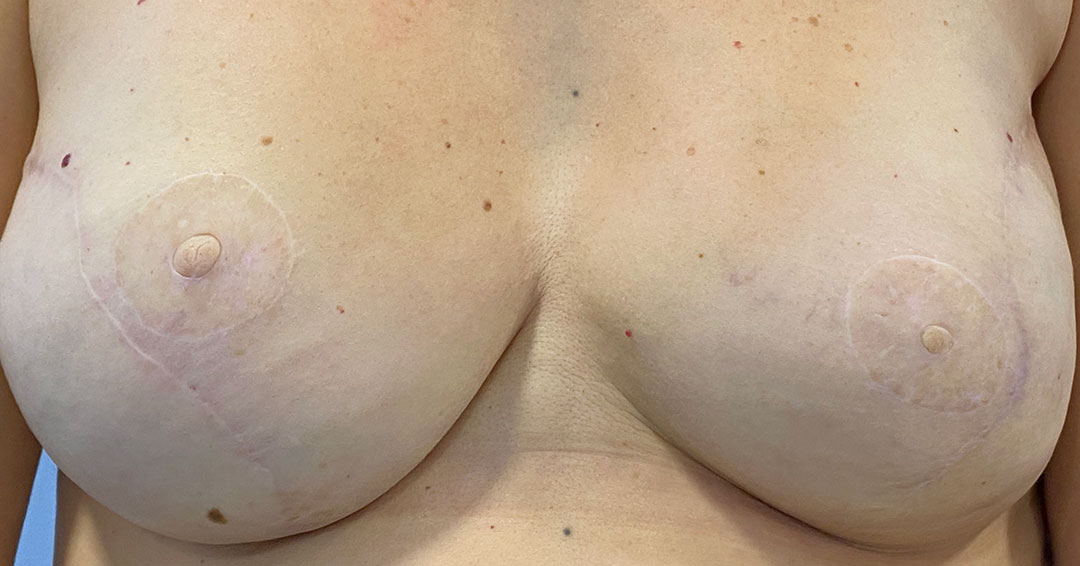
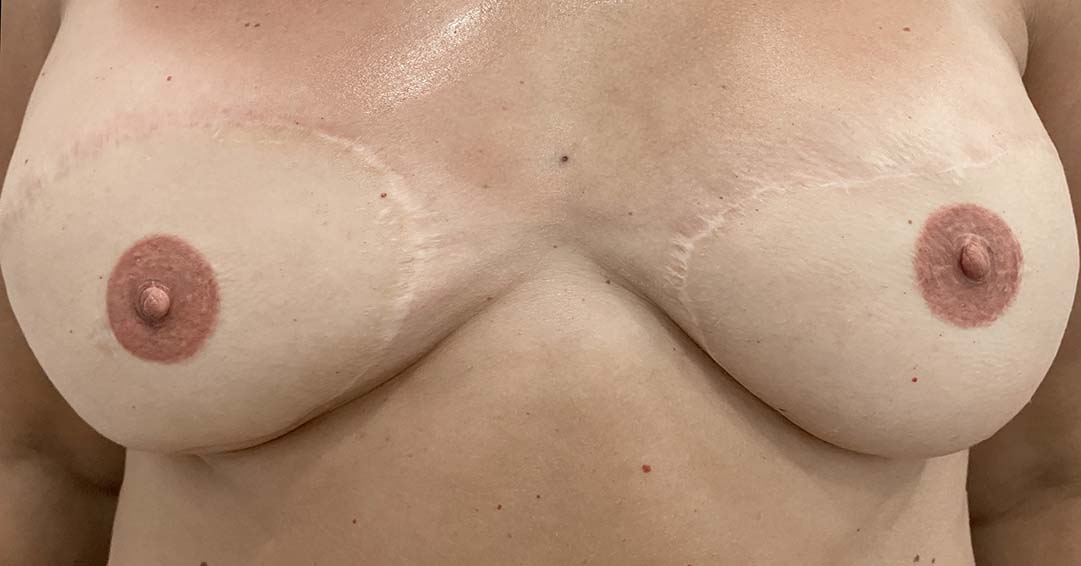
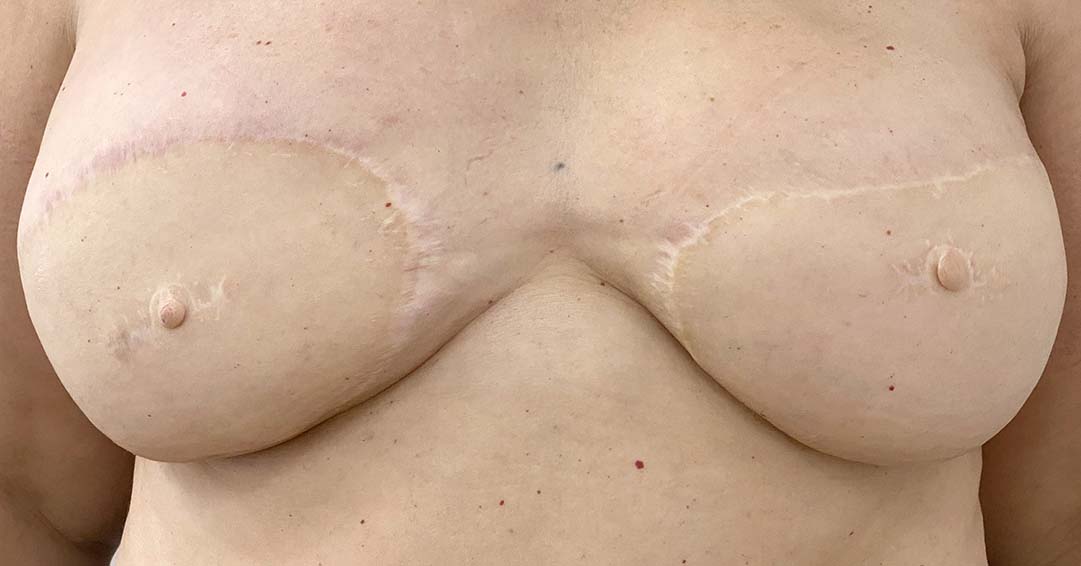
Bilateral Oncological Breast Reconstruction (both breasts) and Areola Tattoo
There are different types of oncological mastectomy (breast removal), and various types of breast reconstructive surgery. It can involve one or both breasts, using breast implants or by transferring tissue from other parts of the body, such as the abdomen or buttocks.
At Omicroart, we specialize in recreating the areola in a natural and realistic manner in all cases.
It is important to note that this is an alternative and quick solution for optically reconstructing and recovering the areolas effectively, durably, definitively, and, most importantly, without pain.
Through 3D Areola Micropigmentation, we enable patients to regain the symbol of their femininity, the areola-nipple complex.
Our areola micropigmentation technique is a painless and non-invasive procedure. Designed with the utmost care, this treatment does not cause inflammation or damage to the skin, ensuring a safe and comfortable process for all our patients.
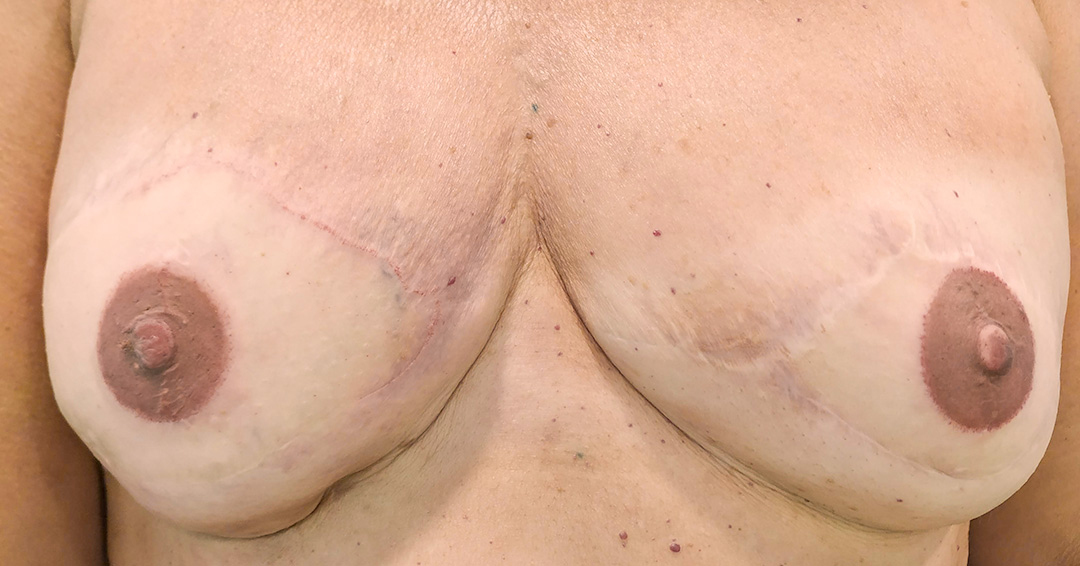
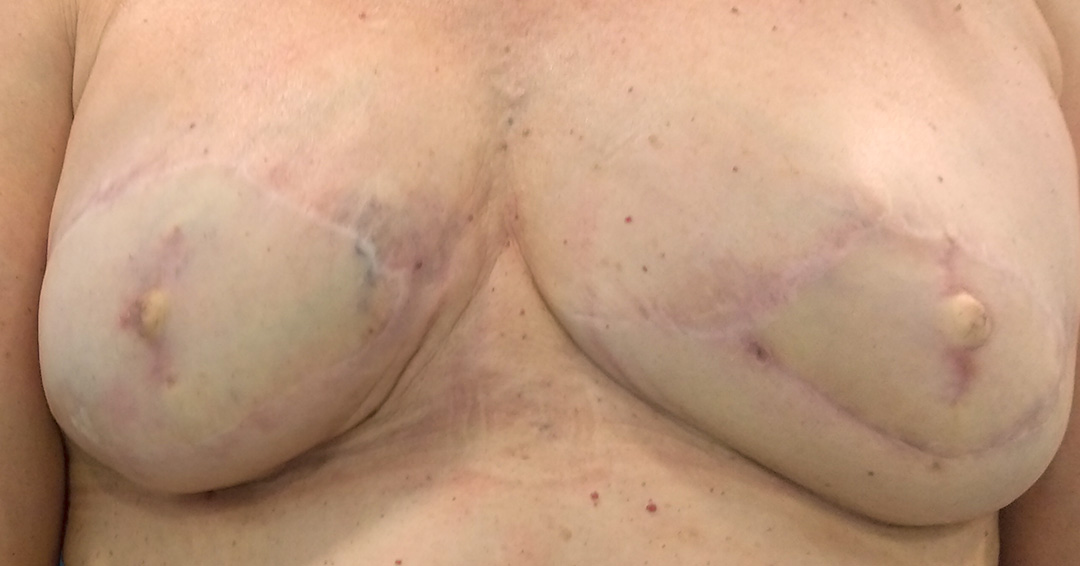

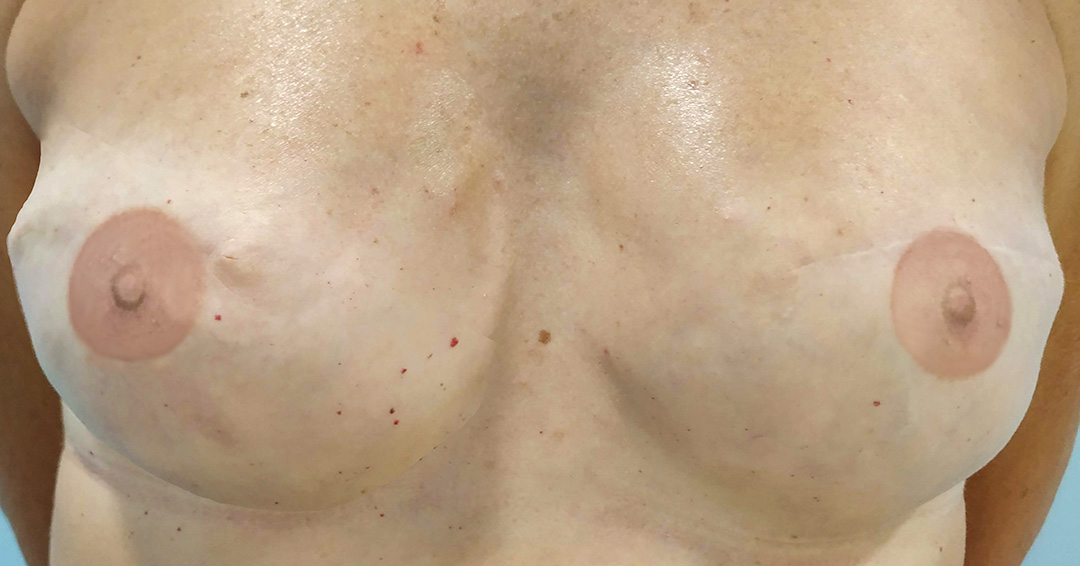
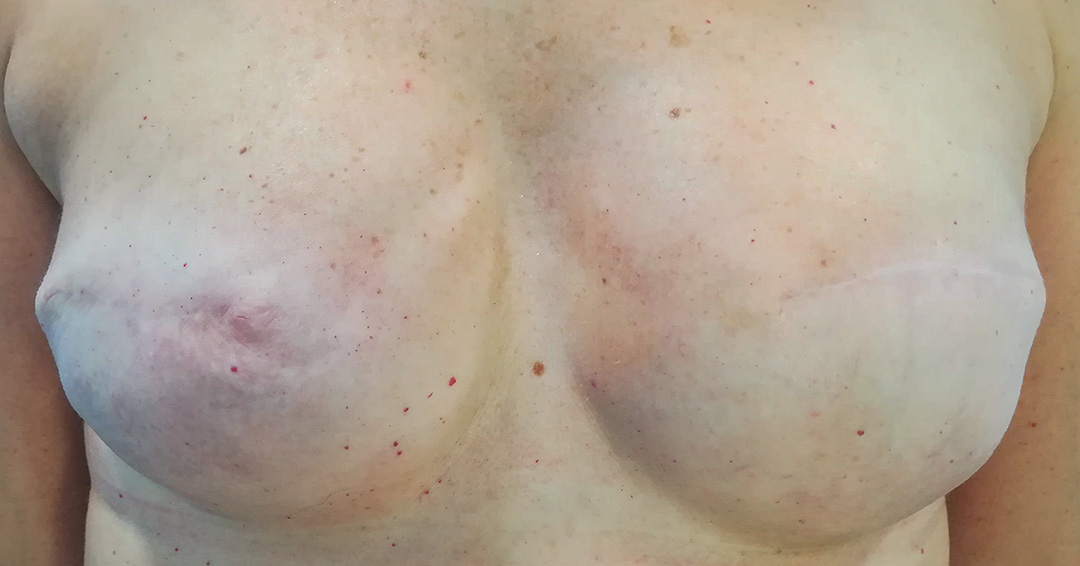

Unilateral or Simple Oncological Breast Reconstruction and Areola Tattoo for One Breast
In cases of mastectomy of one breast, it is very important to match the shape, color, and location of the tattooed areola with the healthy (contralateral) areola.
Between two and a maximum of three sessions will be necessary to achieve total symmetry with the healthy areola.
At Omicroart, we always show the results of the treatments once healed, as during the physiological healing process, the hue of the colors varies depending on several variables (undertone and skin quality, genetics, care, etc).
Micropigmentation and realistic areola tattooing is an effective technique not only for the reconstruction of the areola and nipple after a mastectomy but also for disguising scars on the breasts.
There is a higher percentage of cases of mastectomy of one breast, and in most, surgeons must perform breast lifting or reduction surgery on the healthy breast. Therefore, to achieve symmetry in height, size, and shape with the reconstructed mastectomized breast, scars occur.
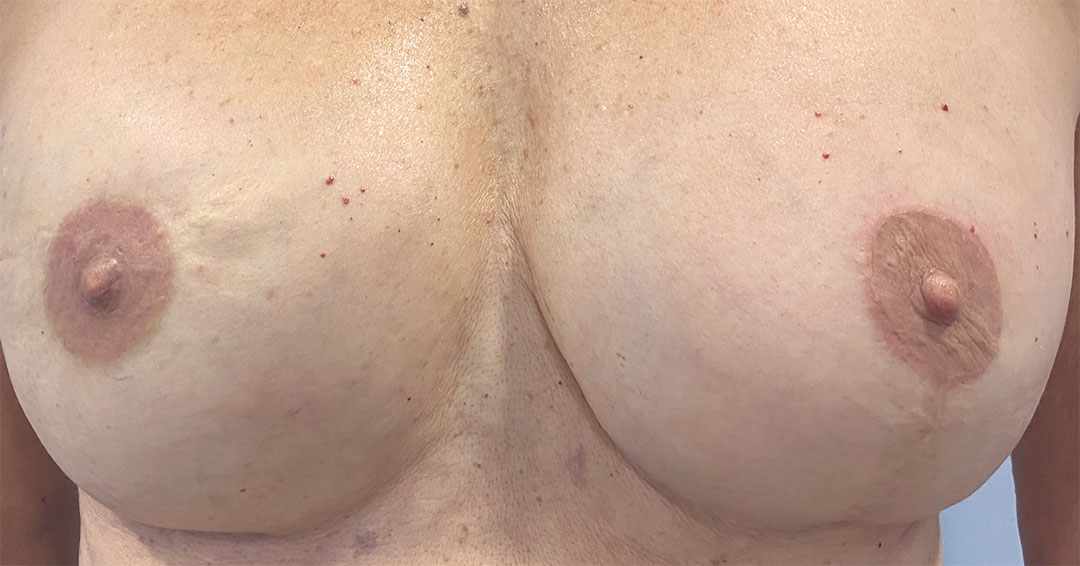
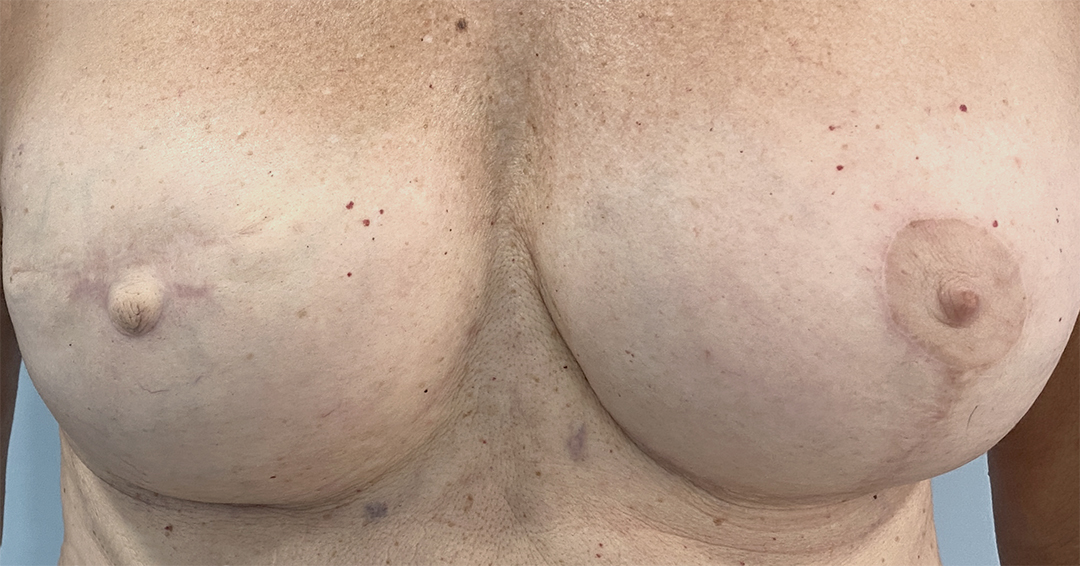
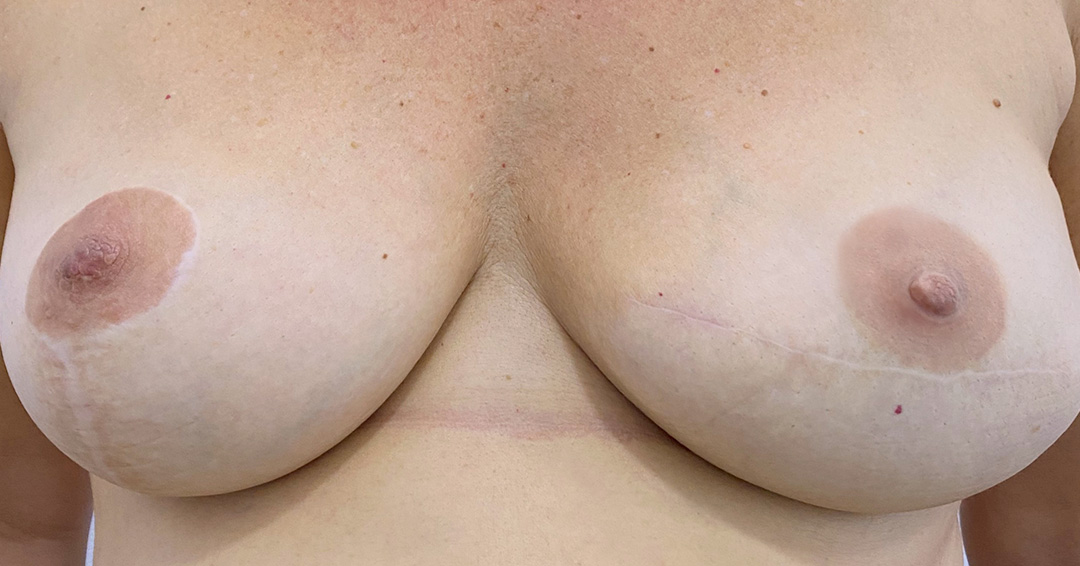
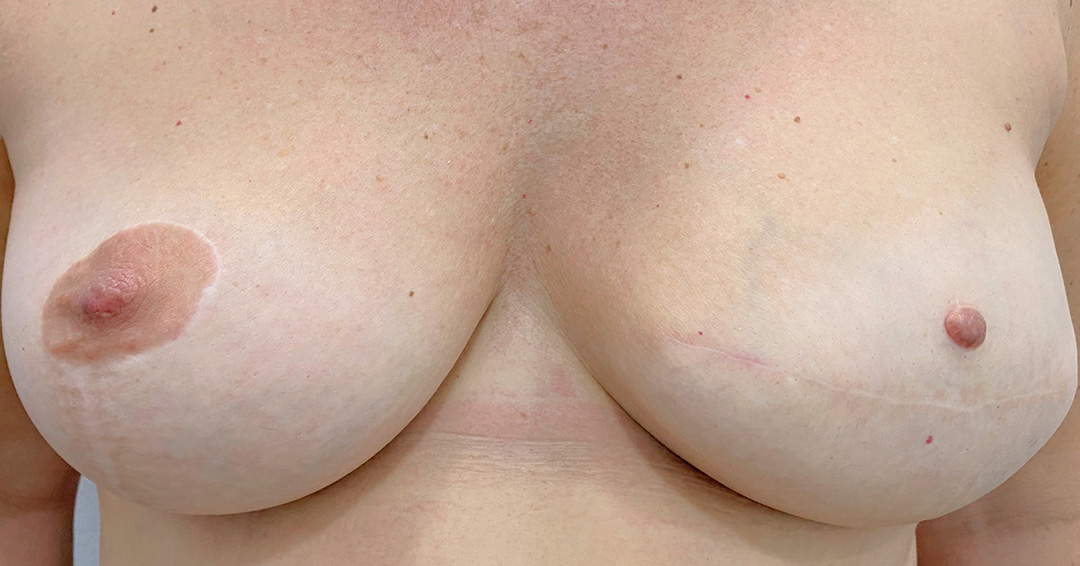
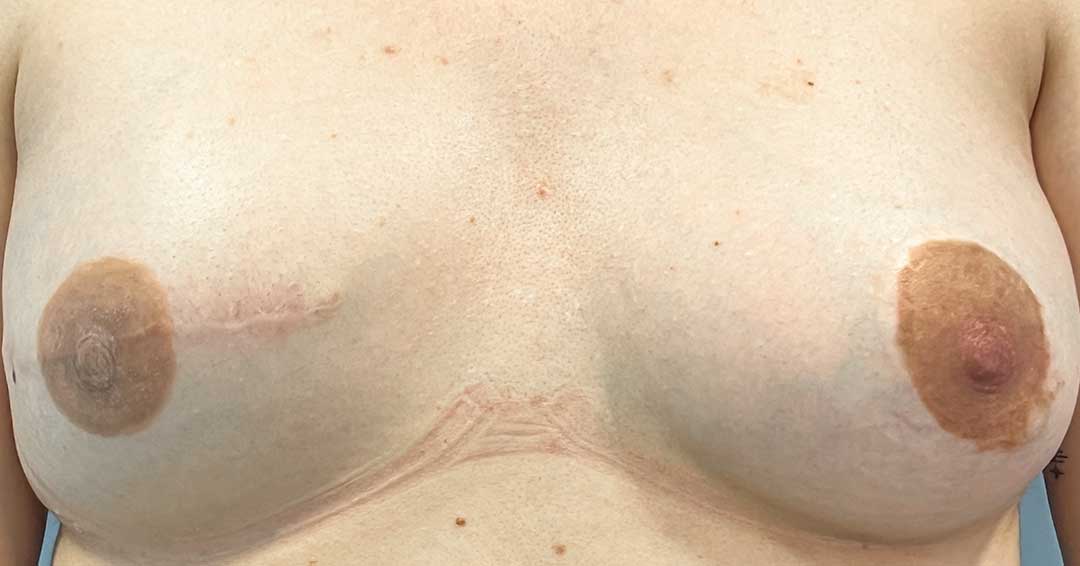
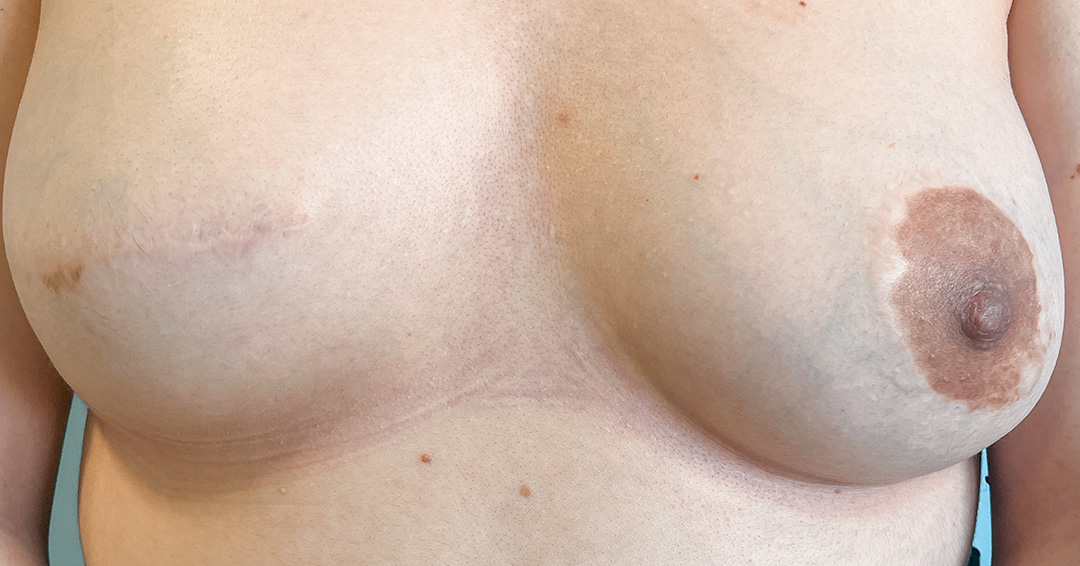

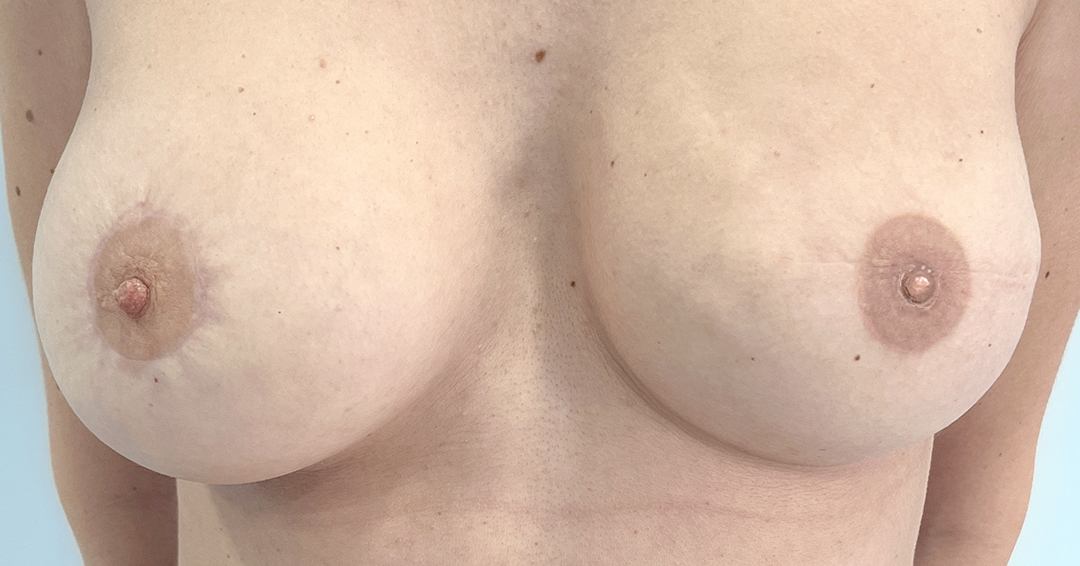
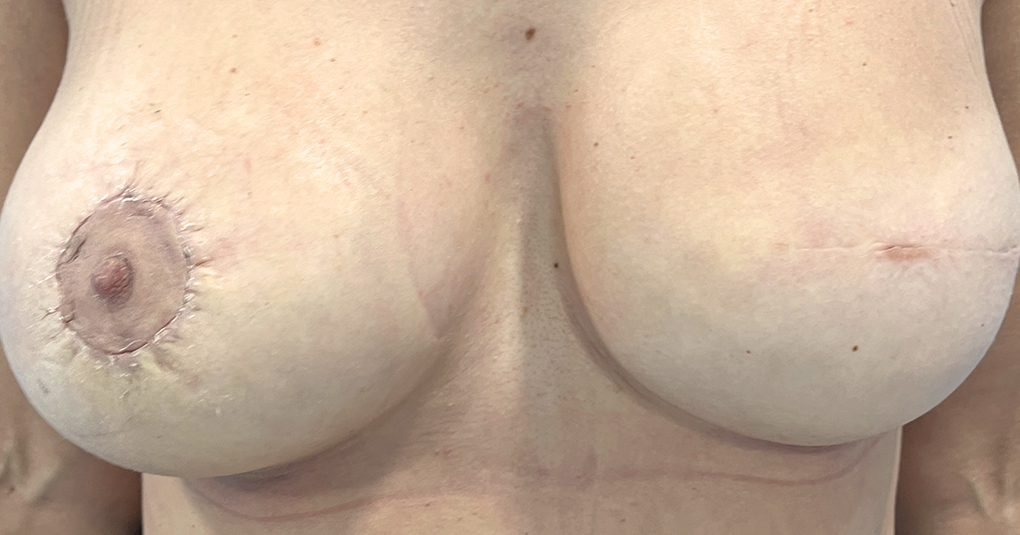


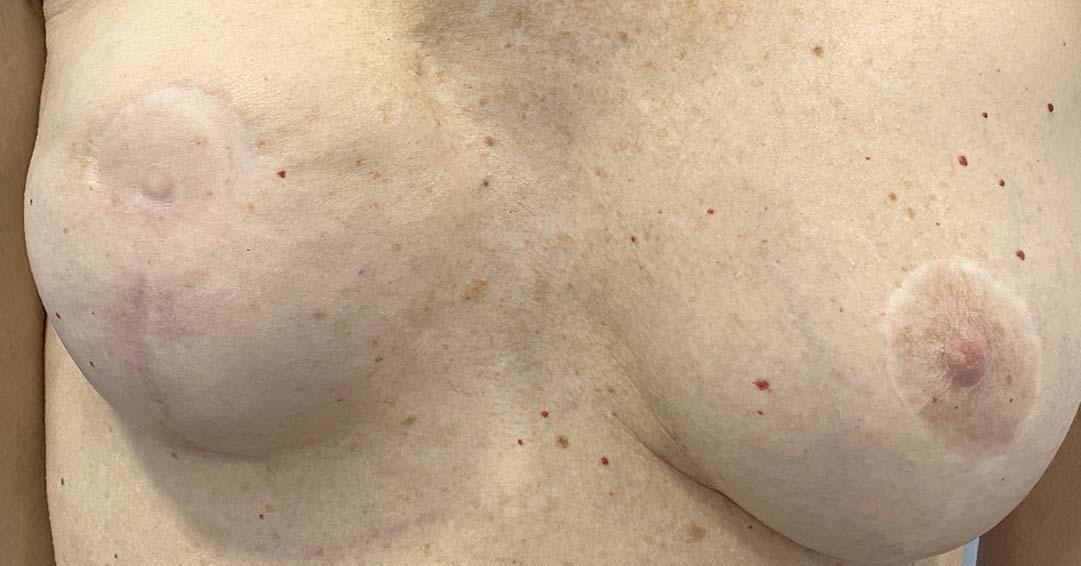

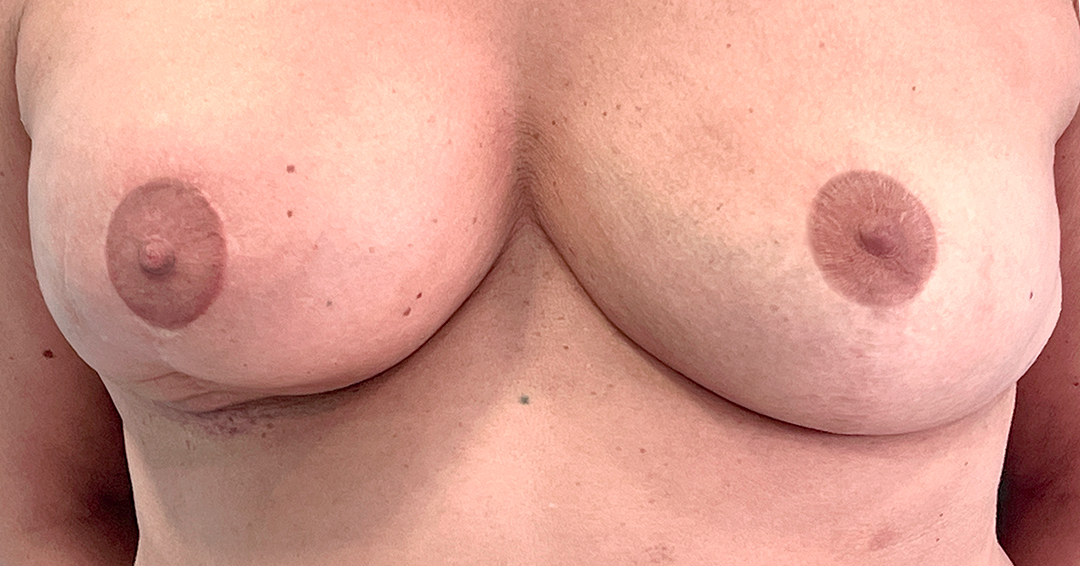


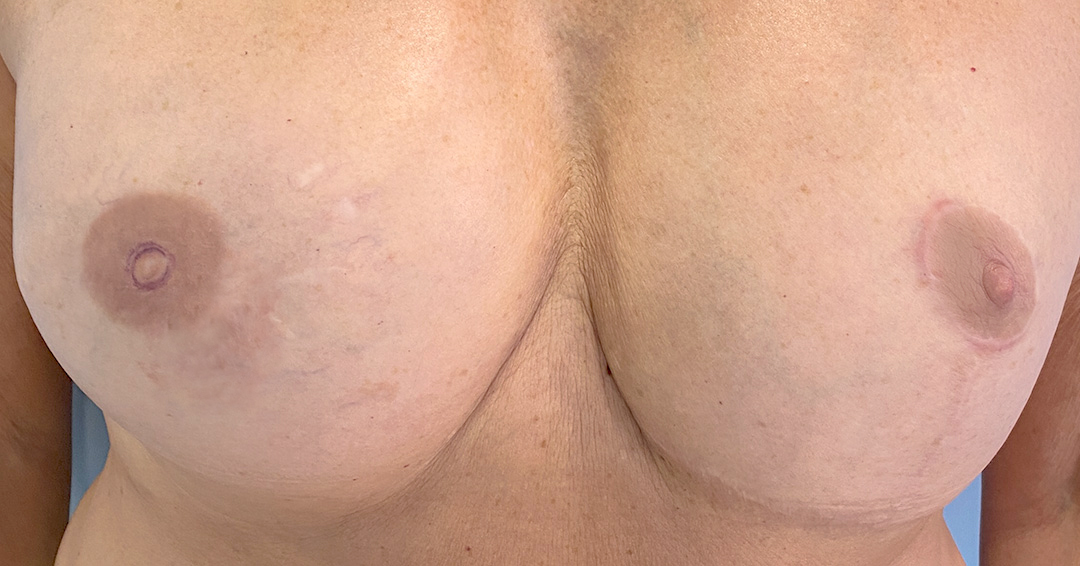
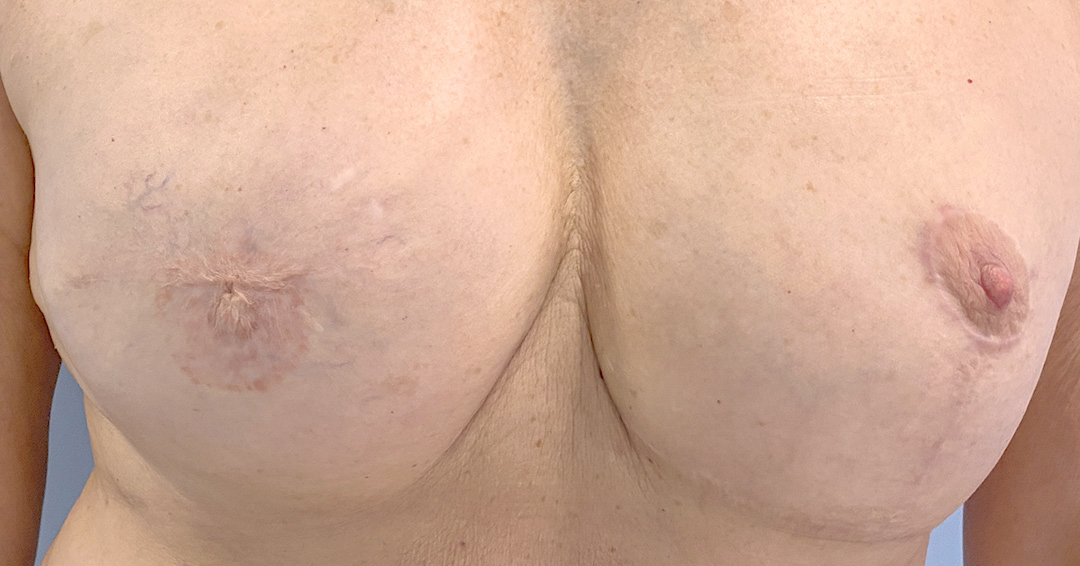

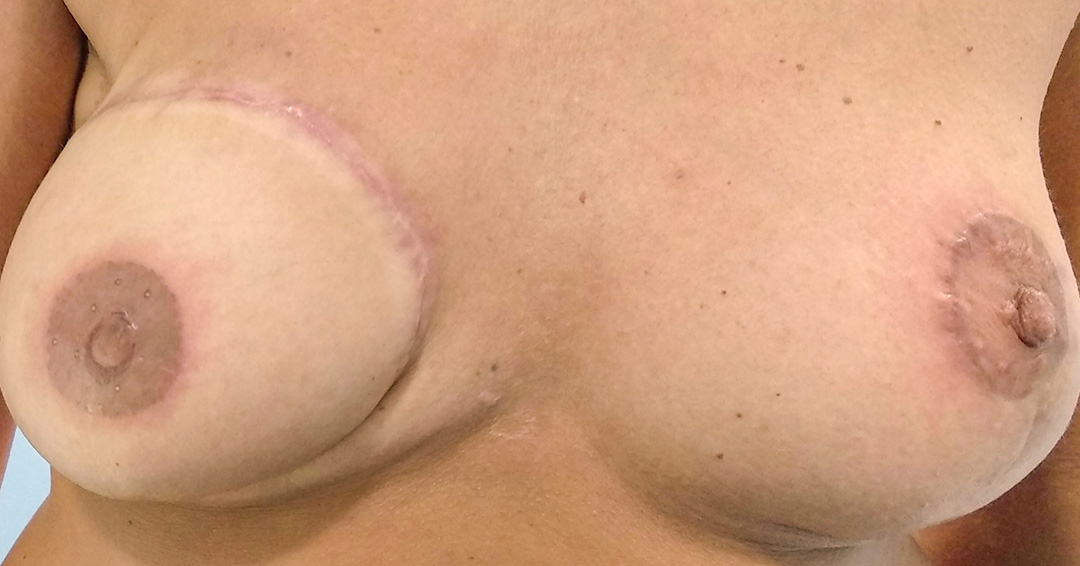
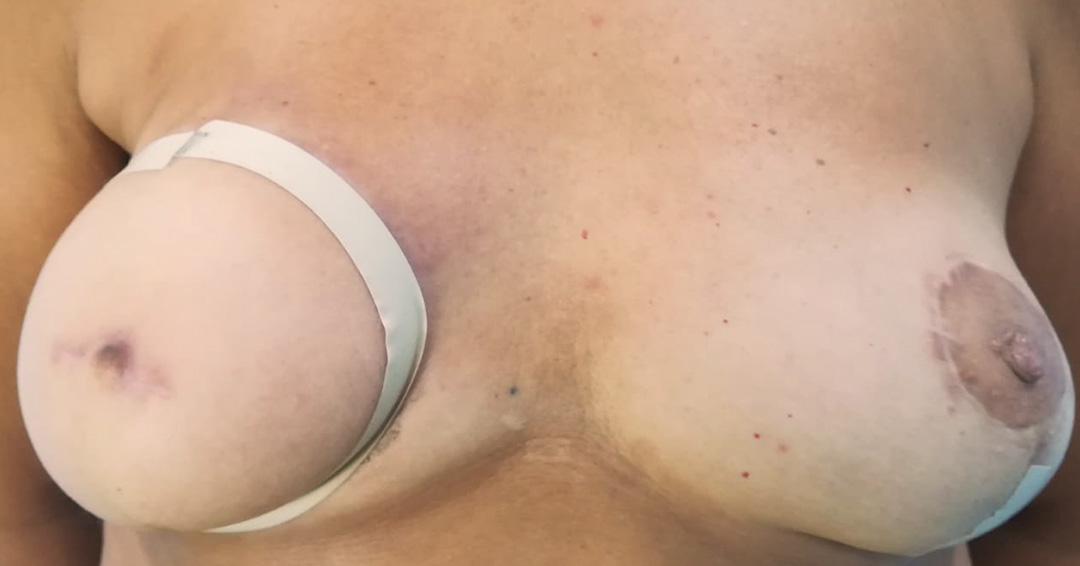

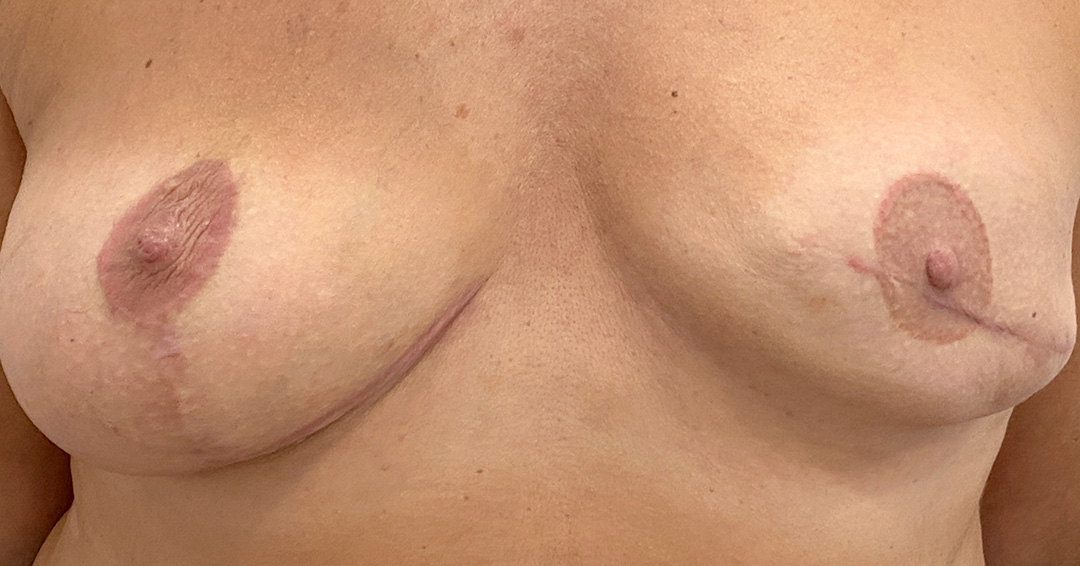
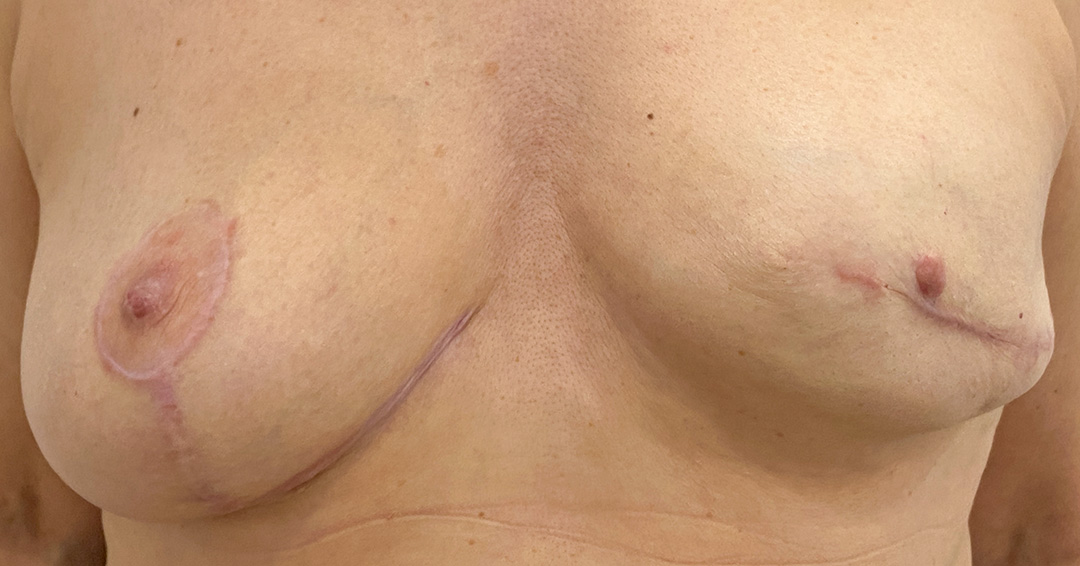

By using pigments similar to the skin tone and applying them with micro-needles, a semi-permanent makeup effect is achieved in the affected areas. This procedure helps to even out the skin tone and reduces the visibility, thickness, and extent of scars, providing a more uniform and natural appearance to the entire area.
Procesos en el tatuaje oncológico de areolas
Serán necesarias varias sesiones y el color del tratamiento variará durante cada proceso
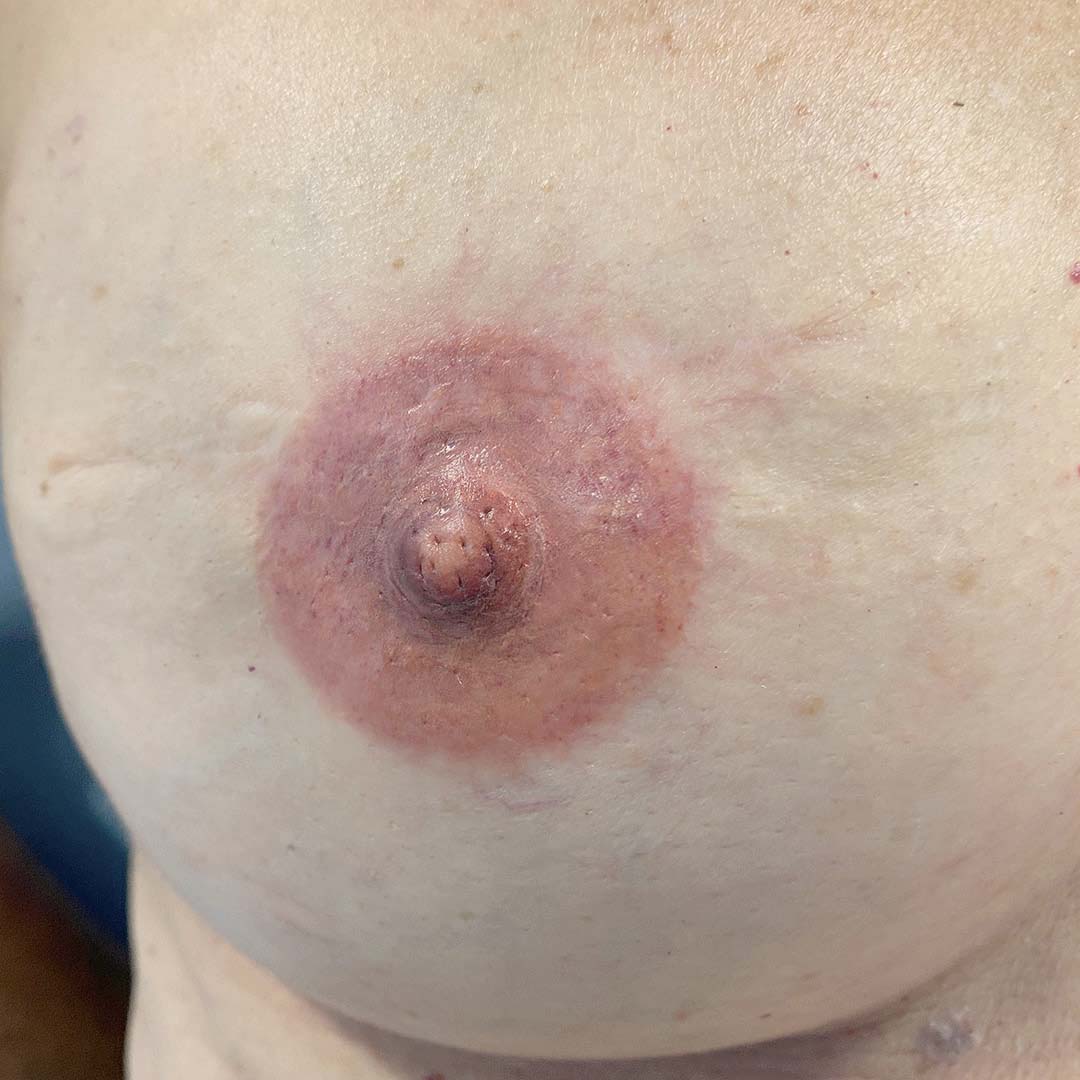
Resultado tras la primera sesión
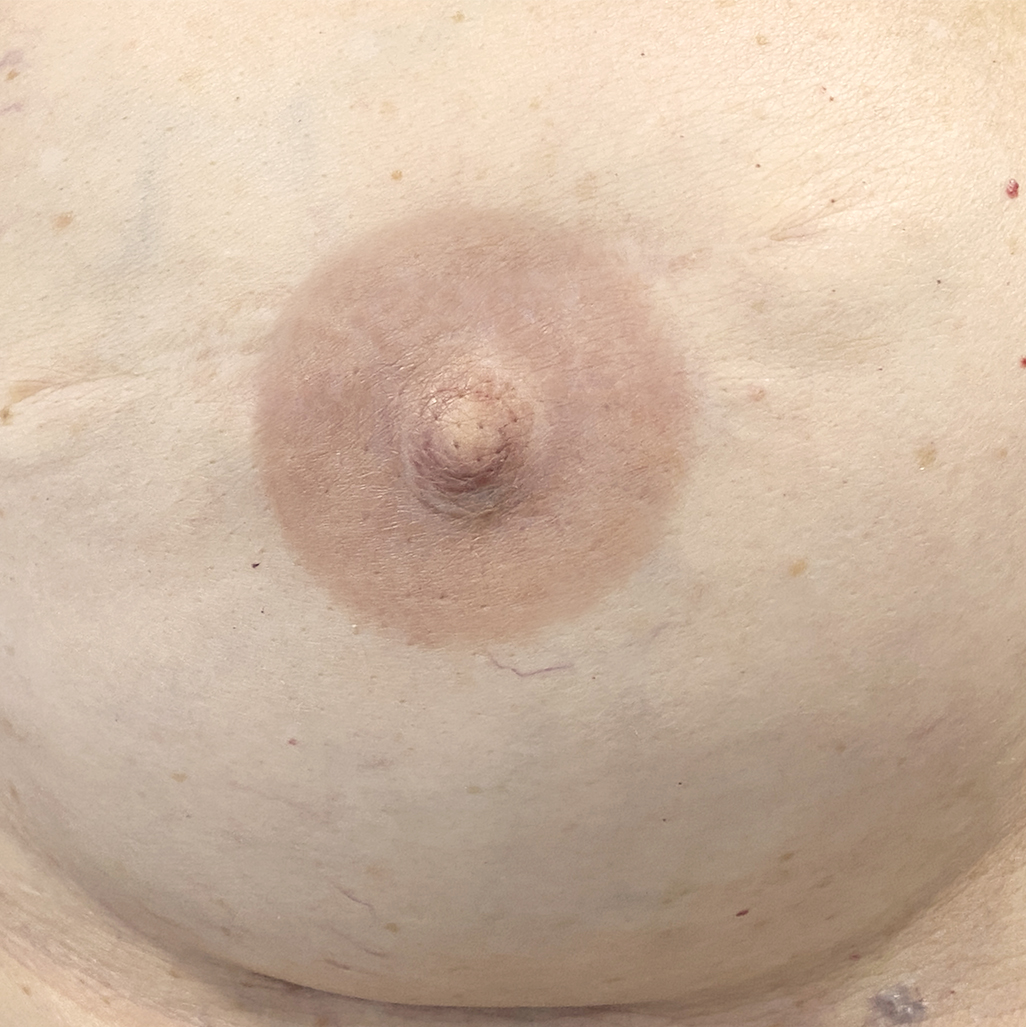
Resultado cicatrizado
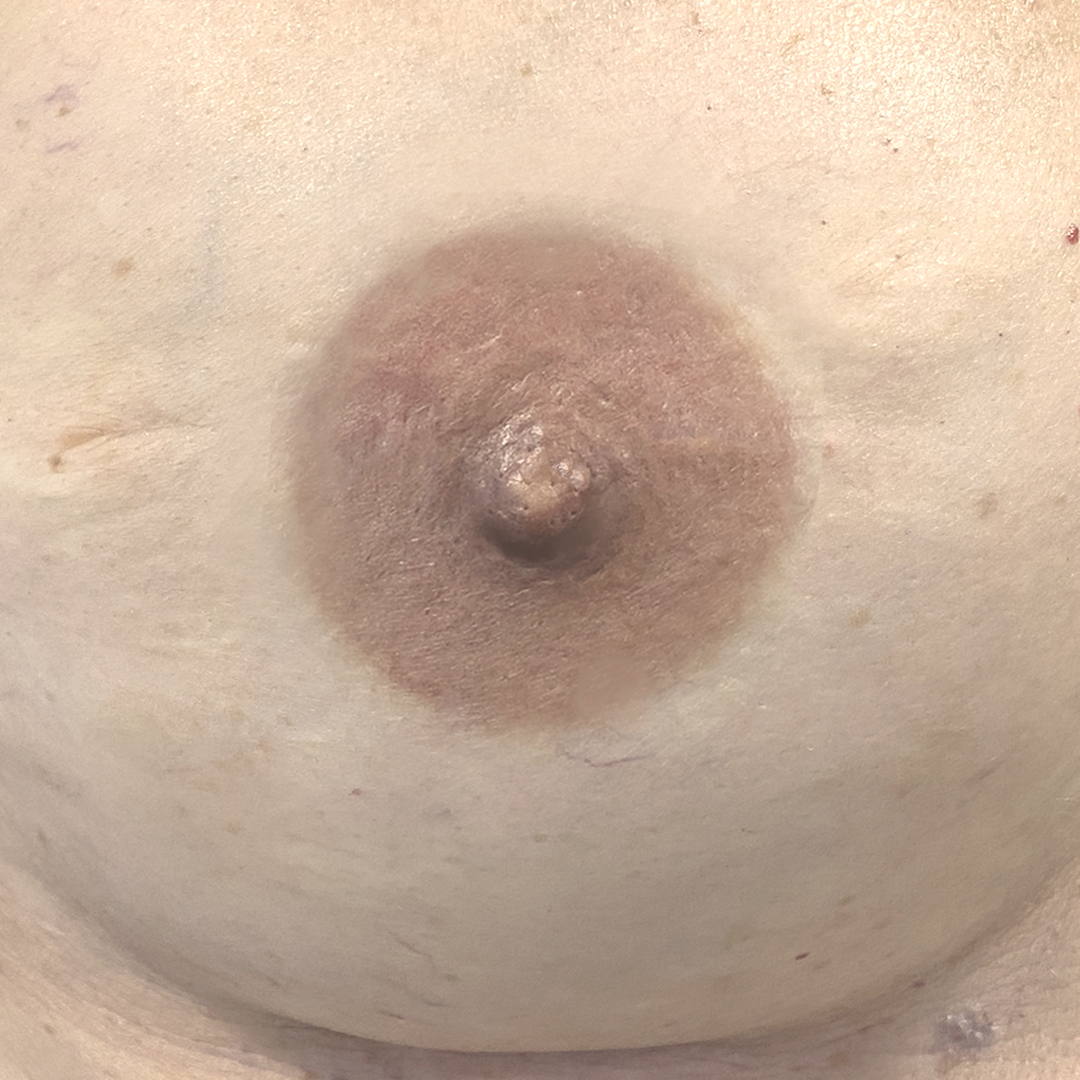
Resultado cicatrizado tras la segunda sesión
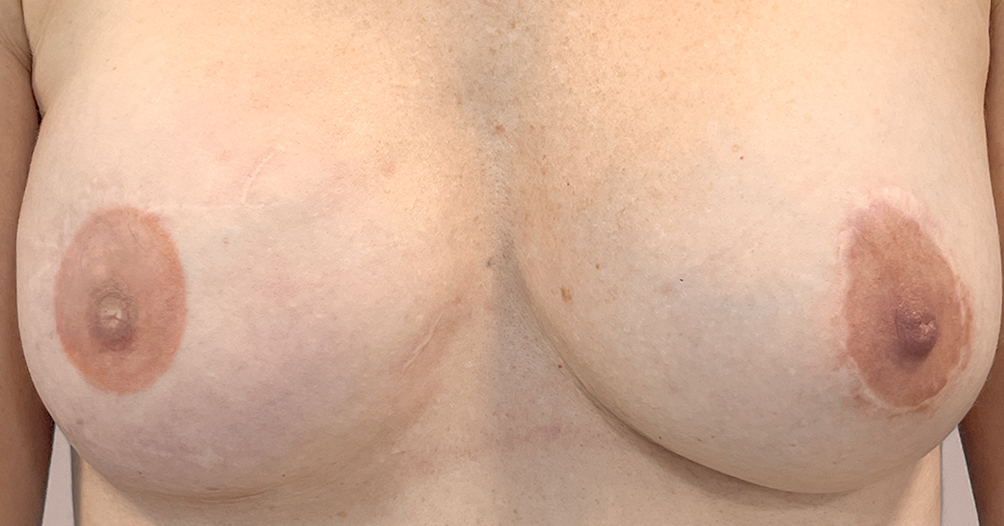
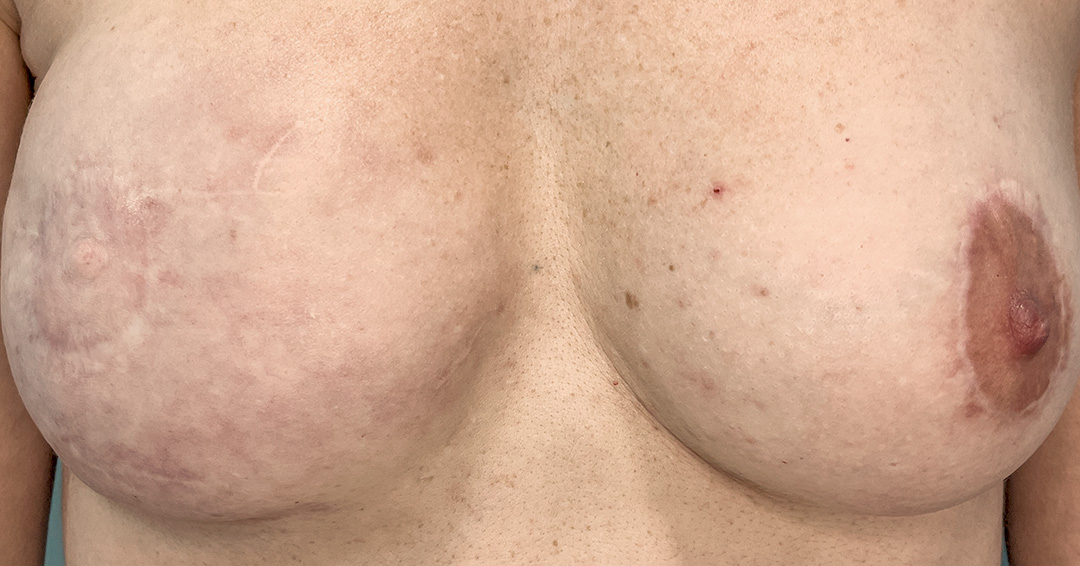

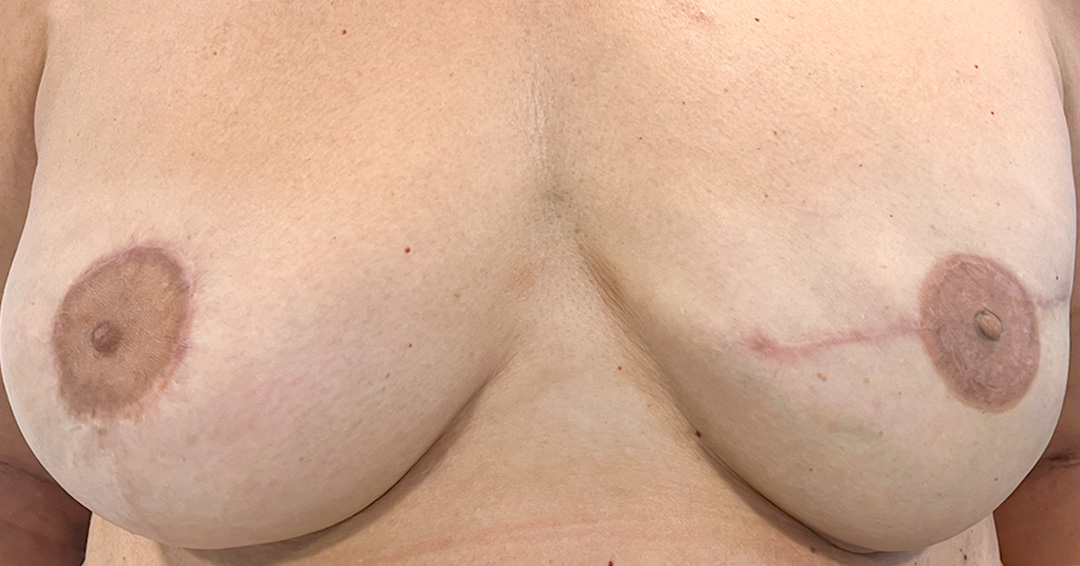
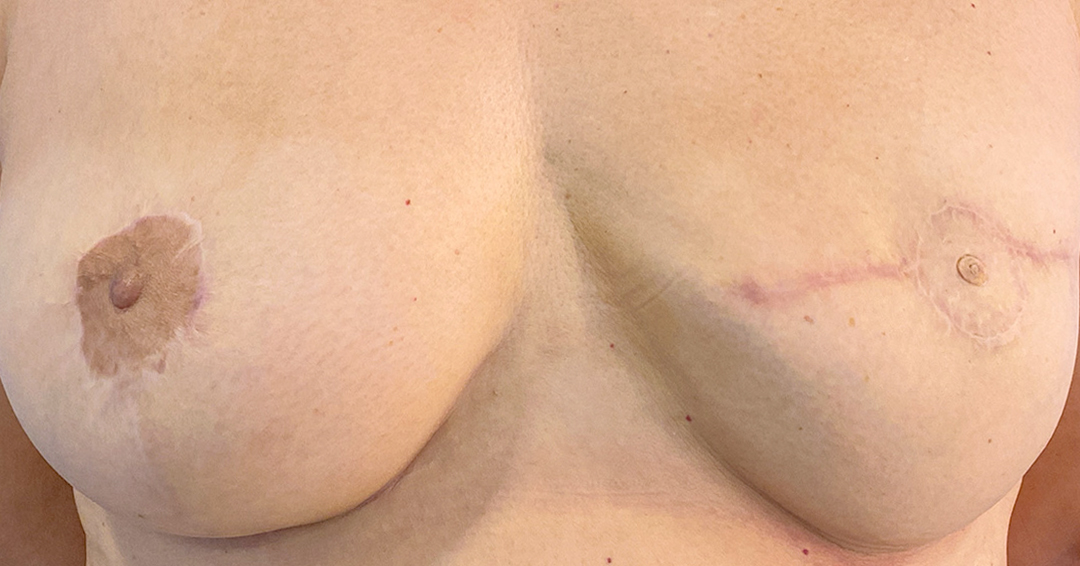

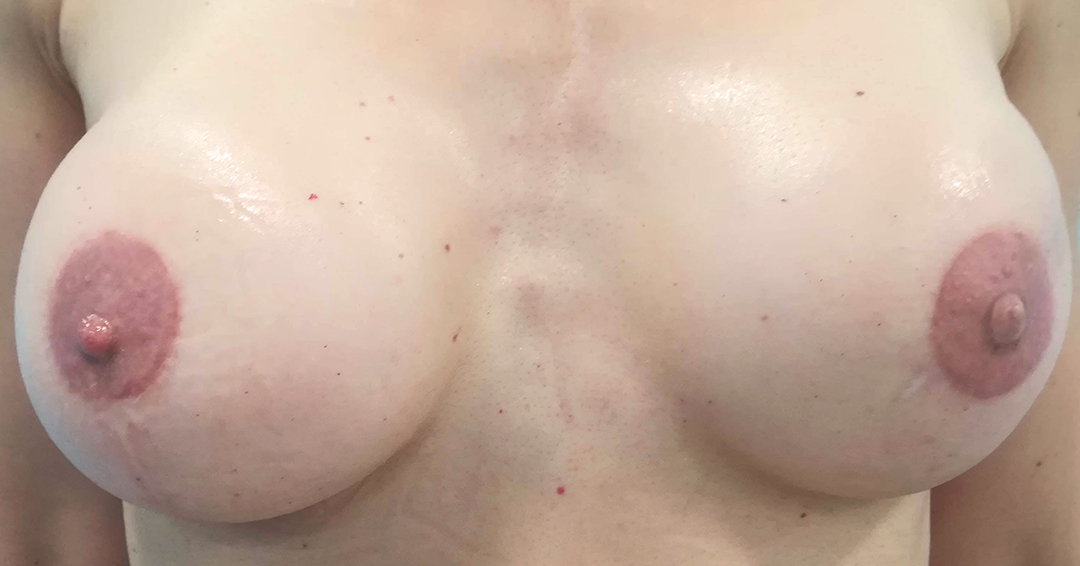
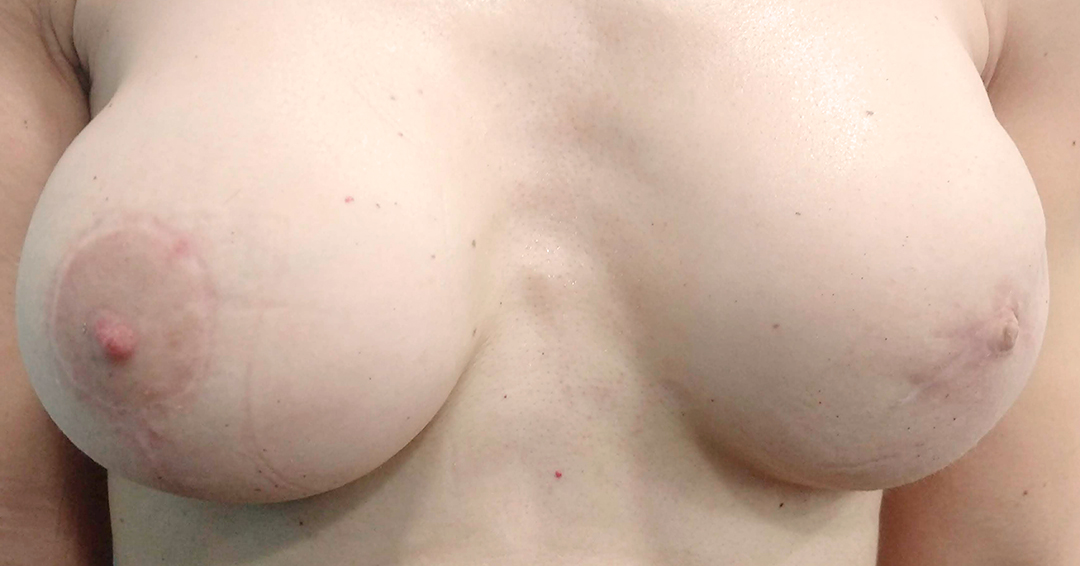

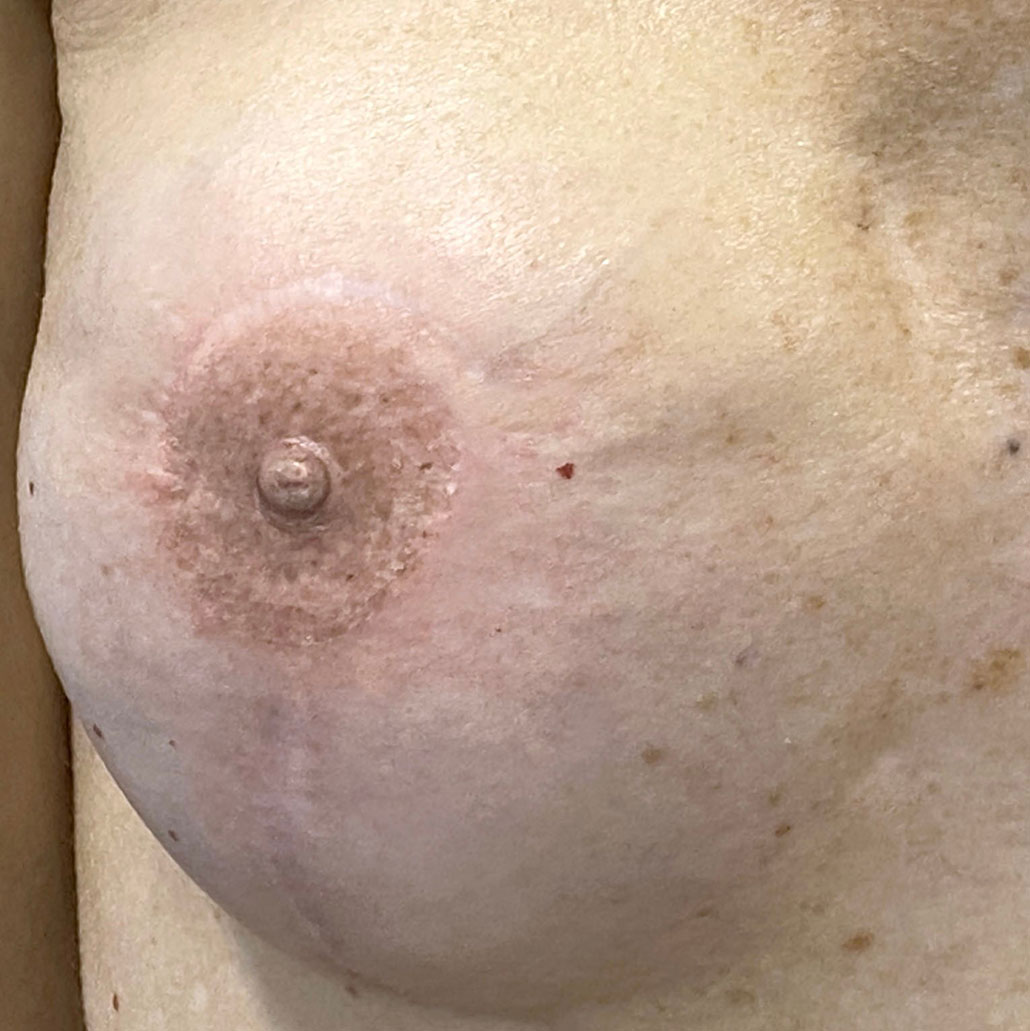
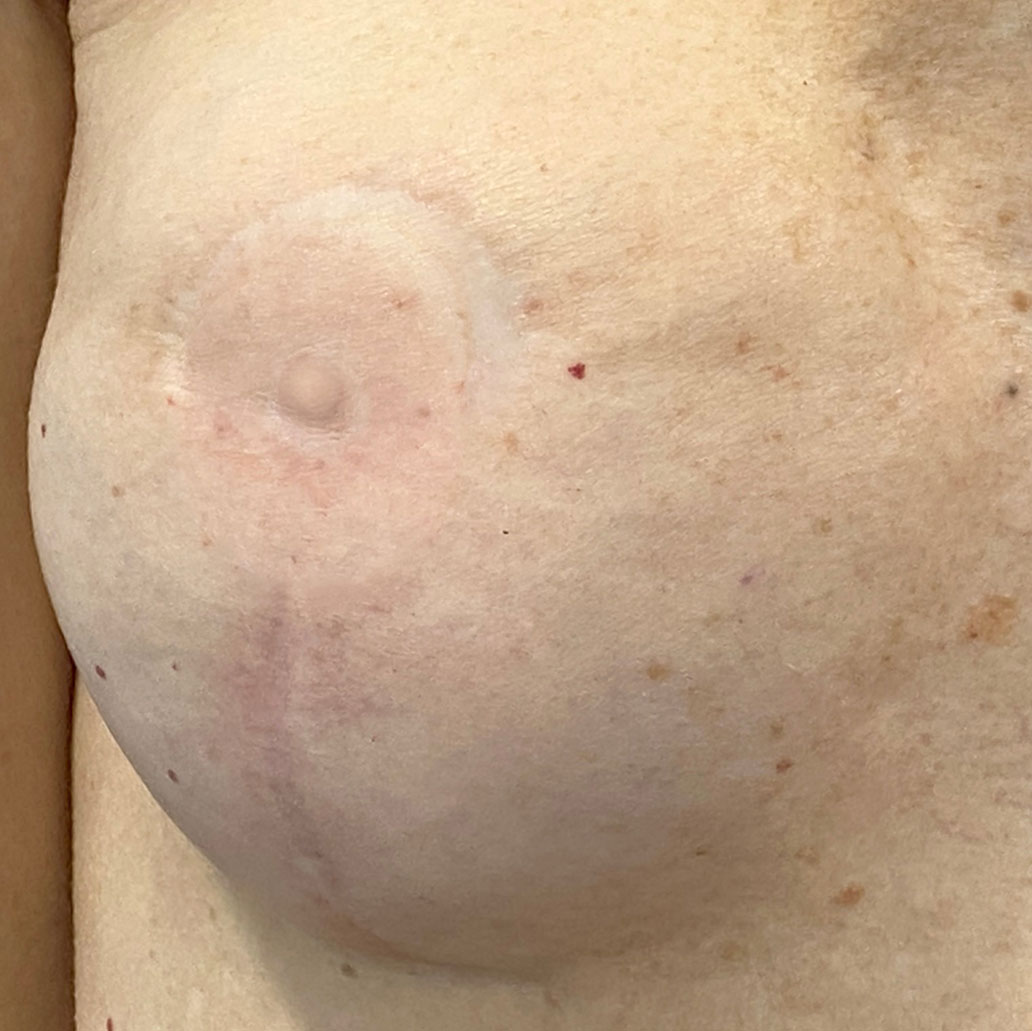

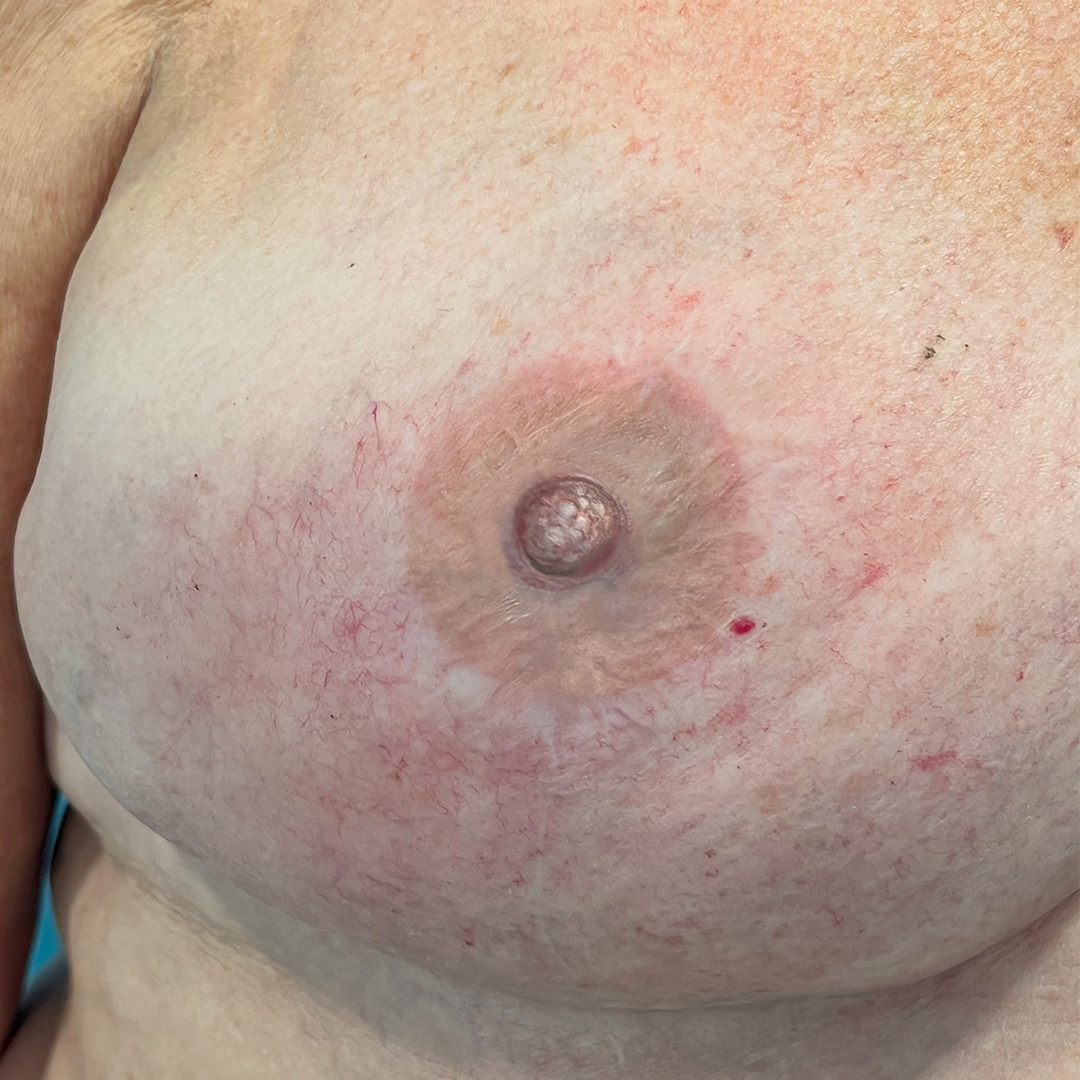
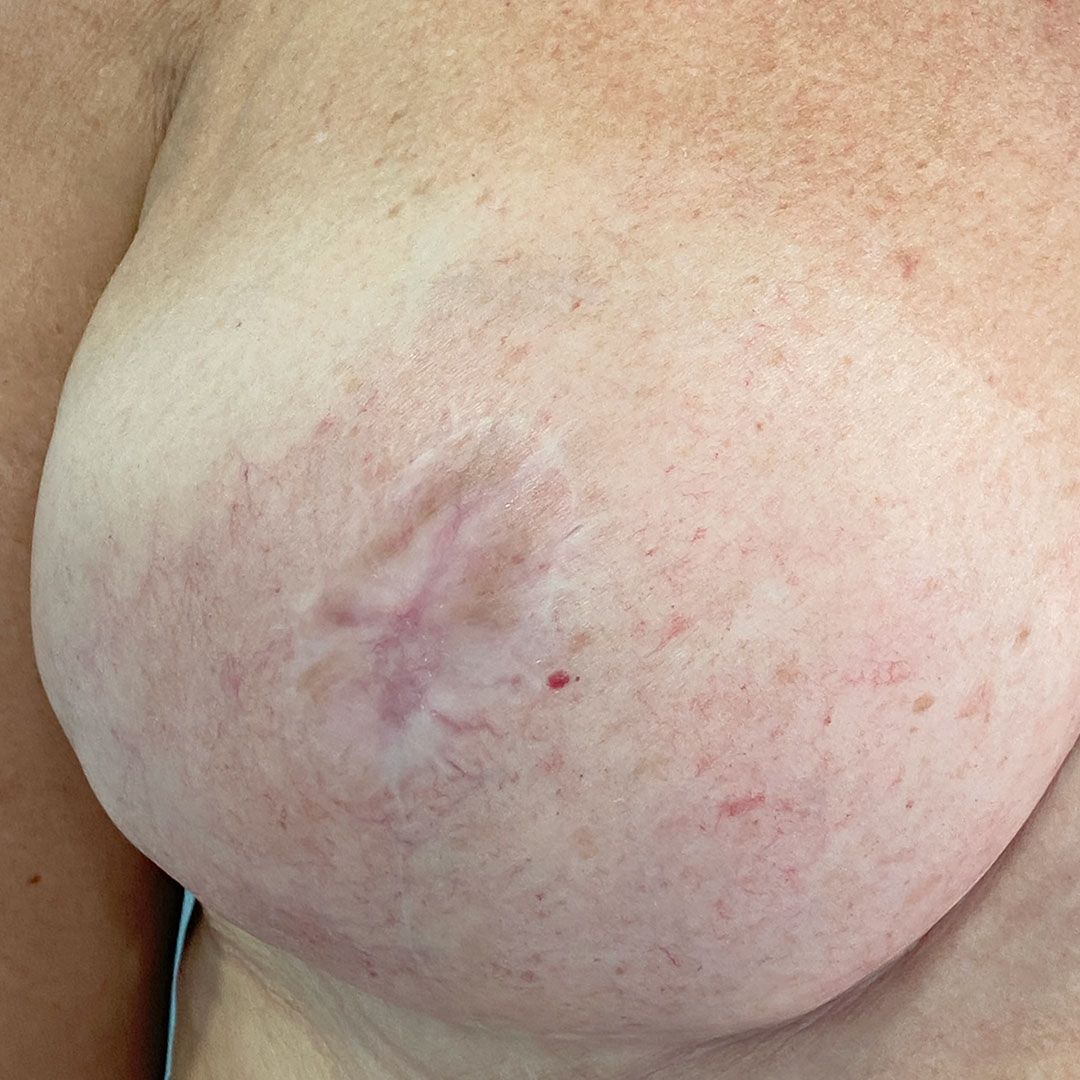

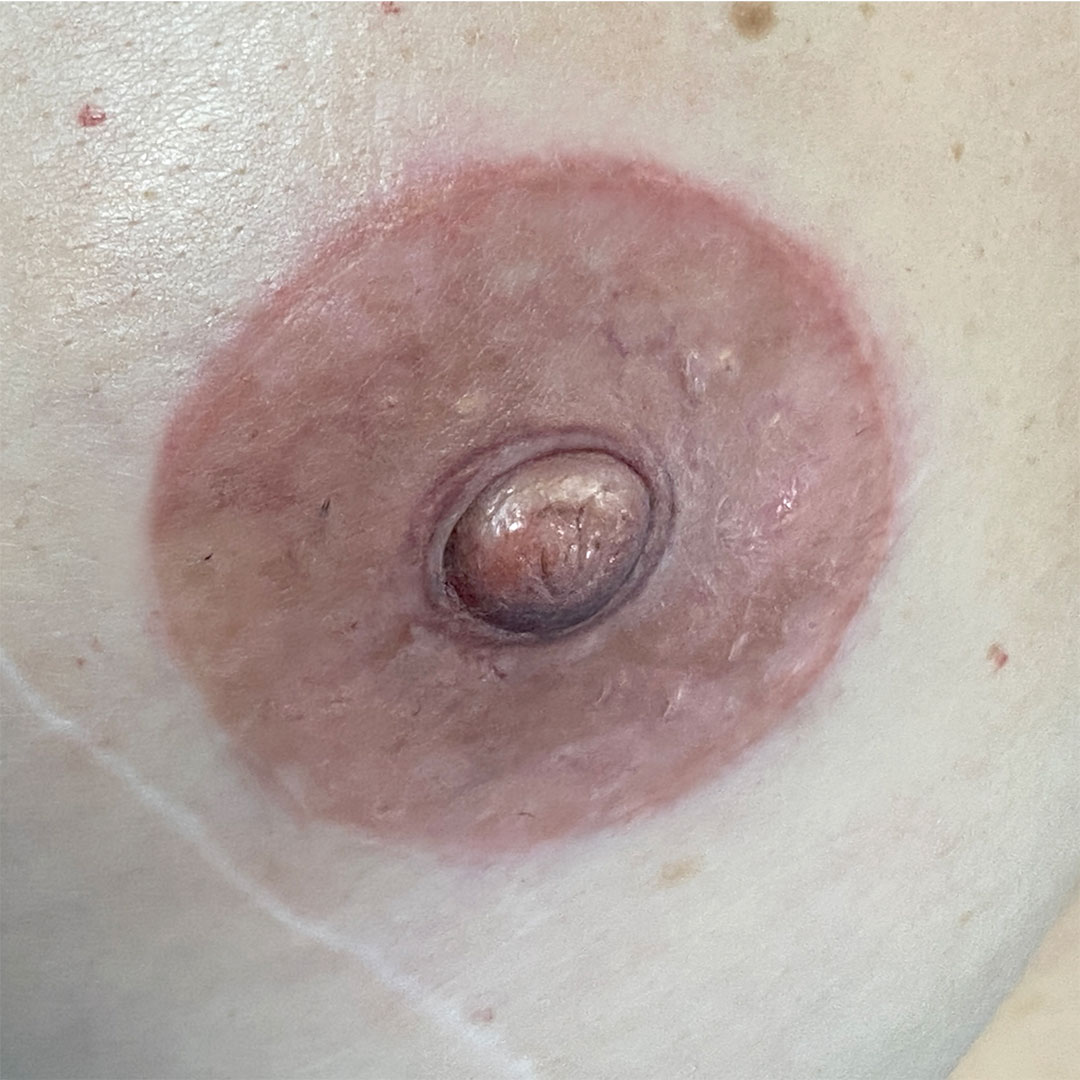
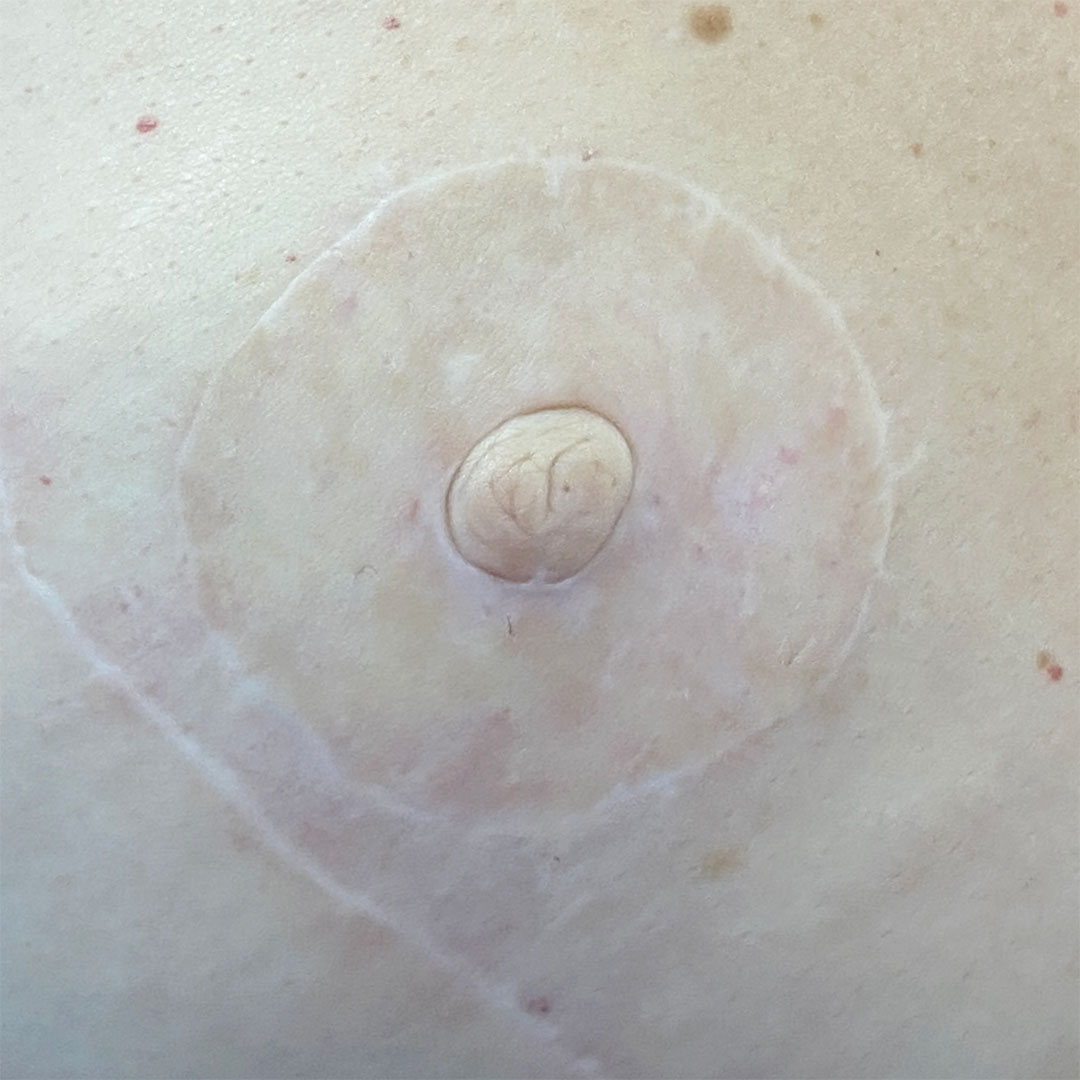

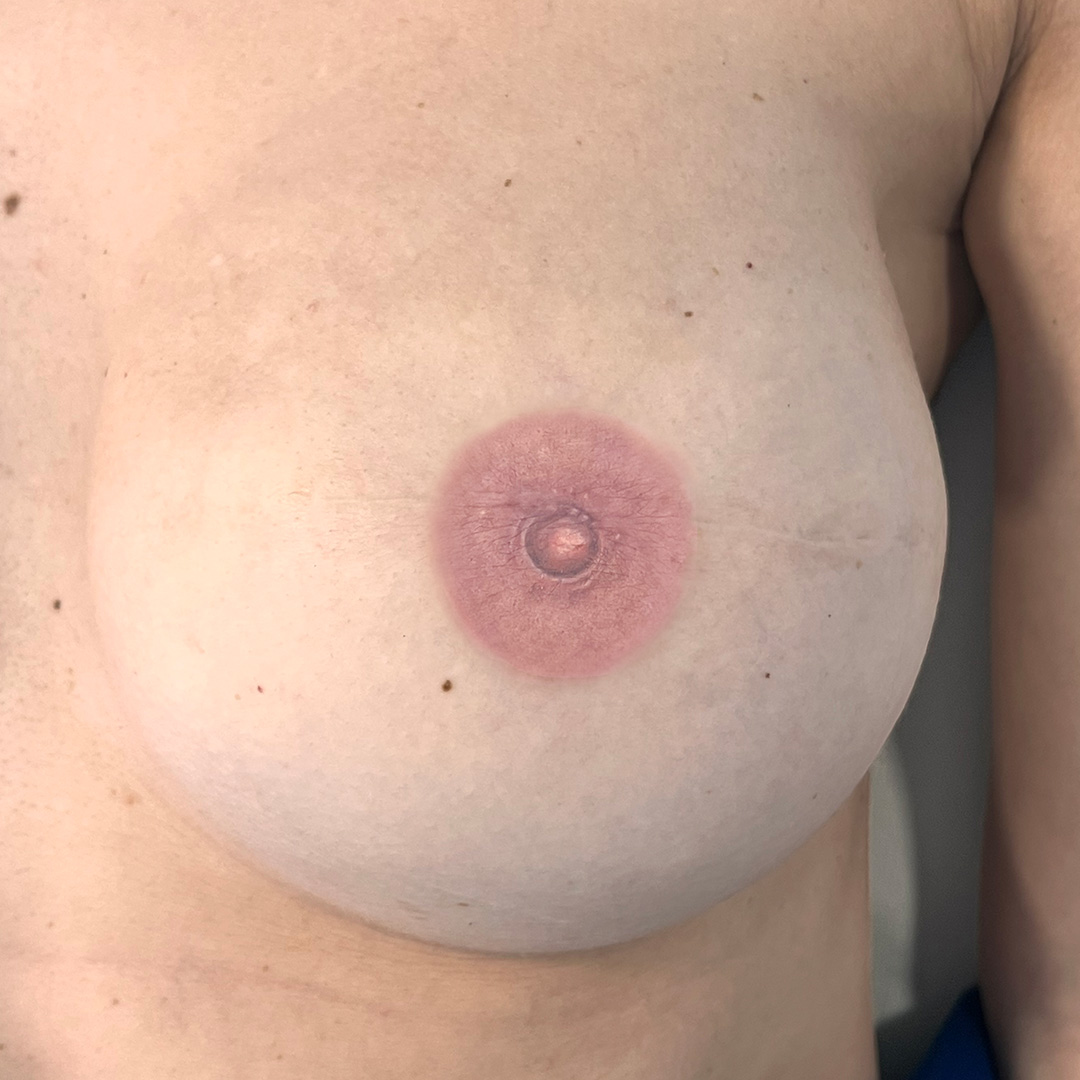
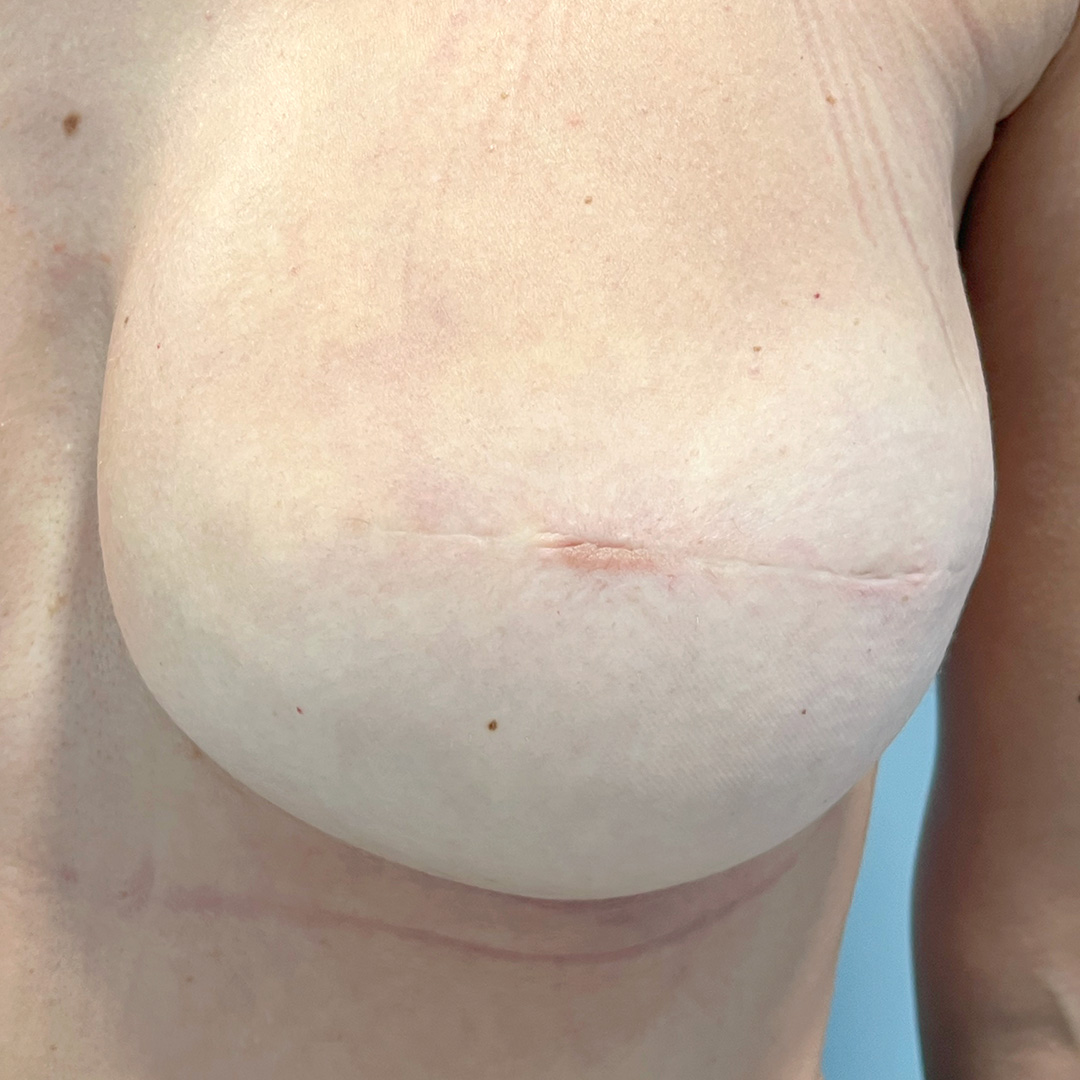

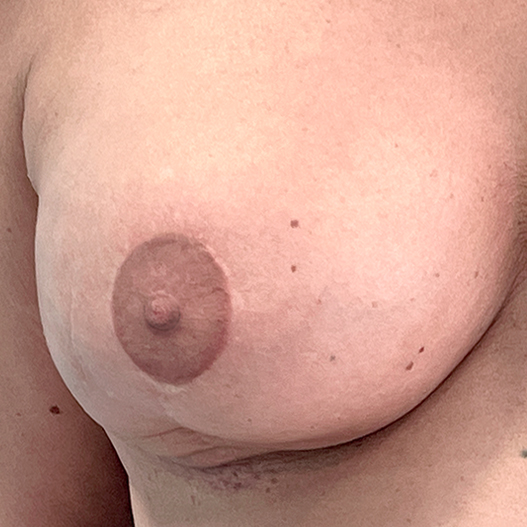
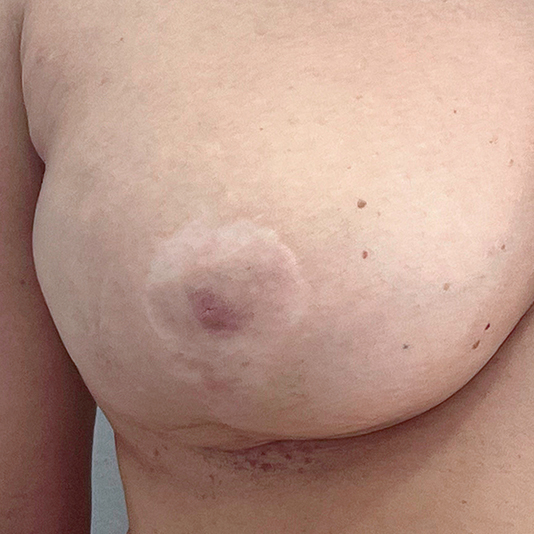

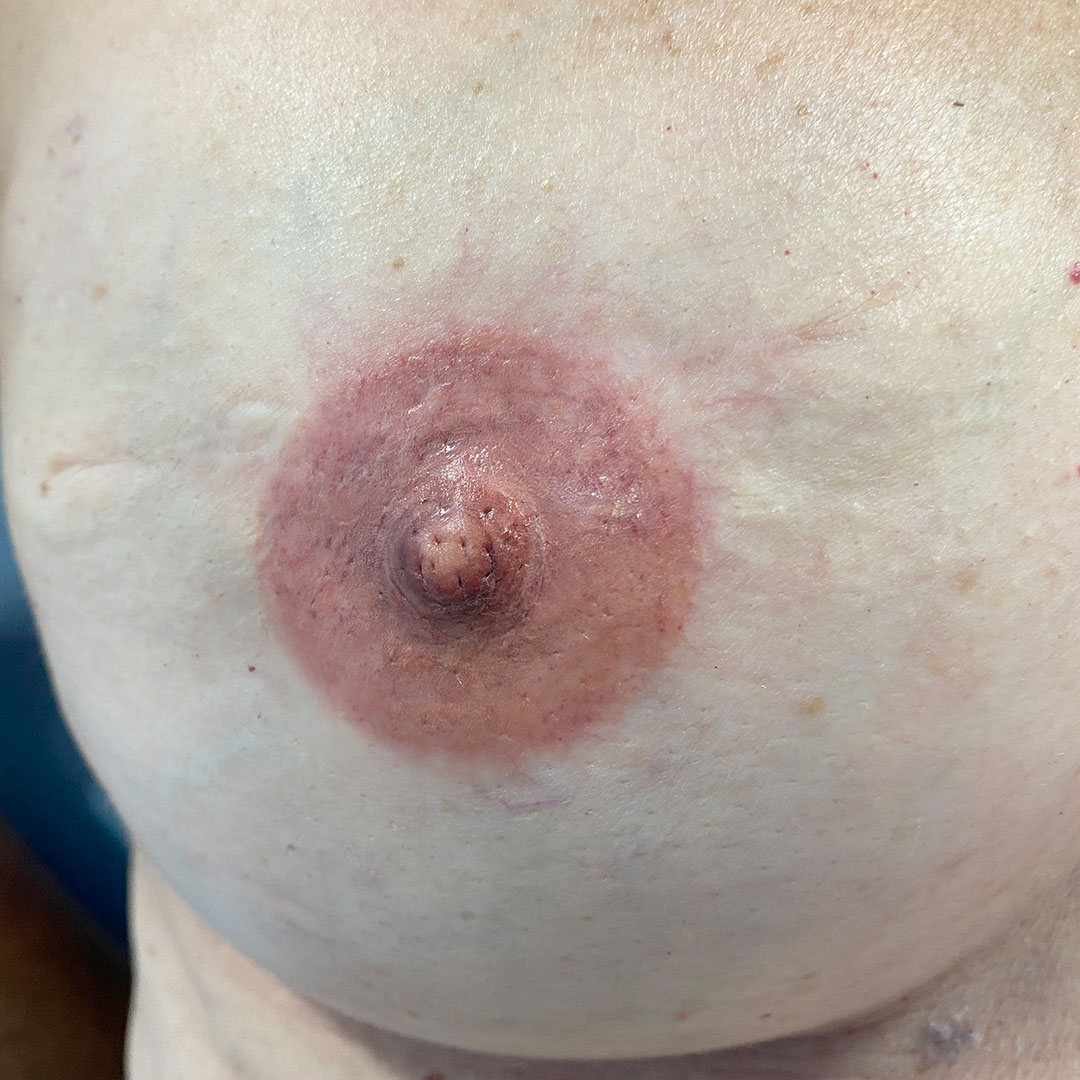
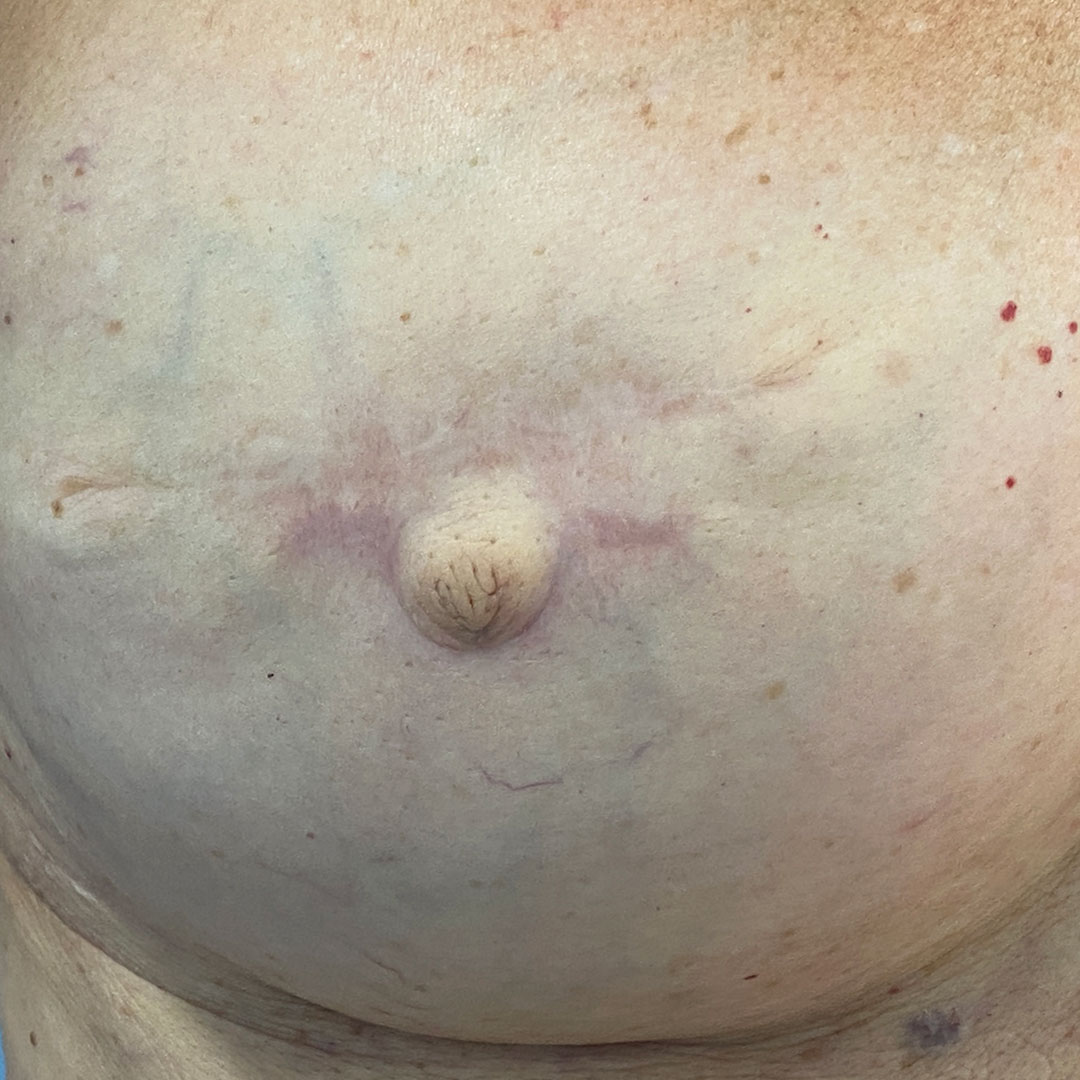

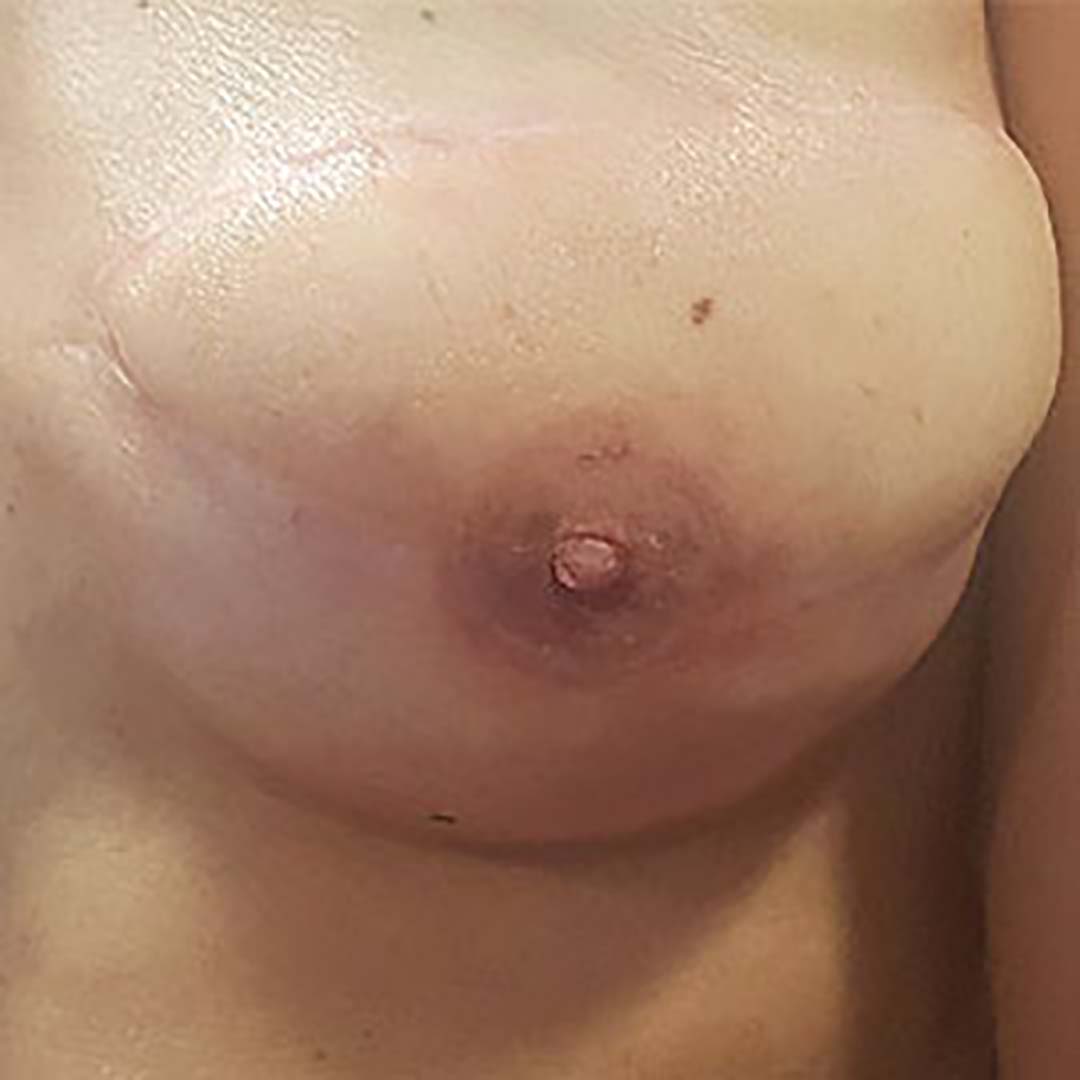
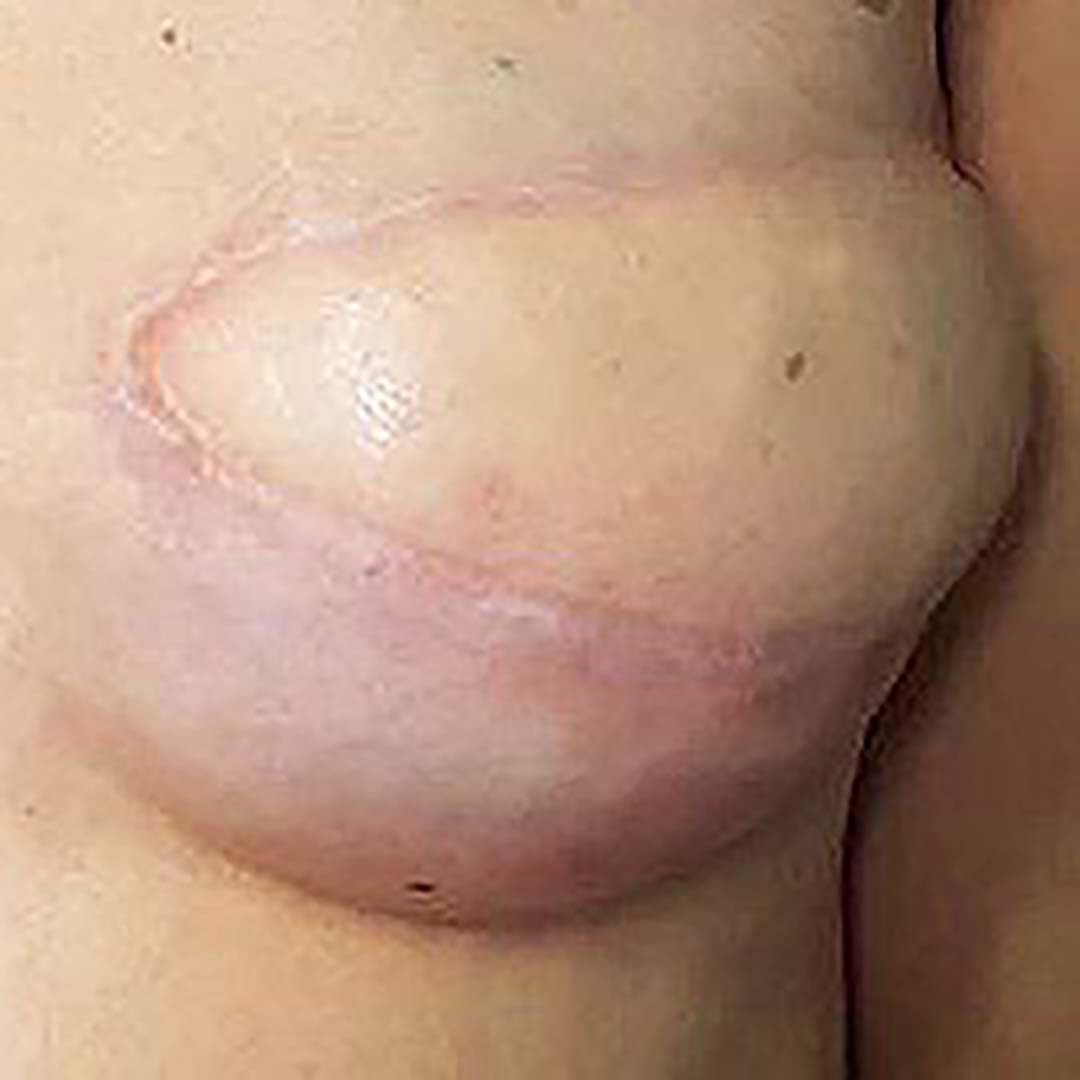

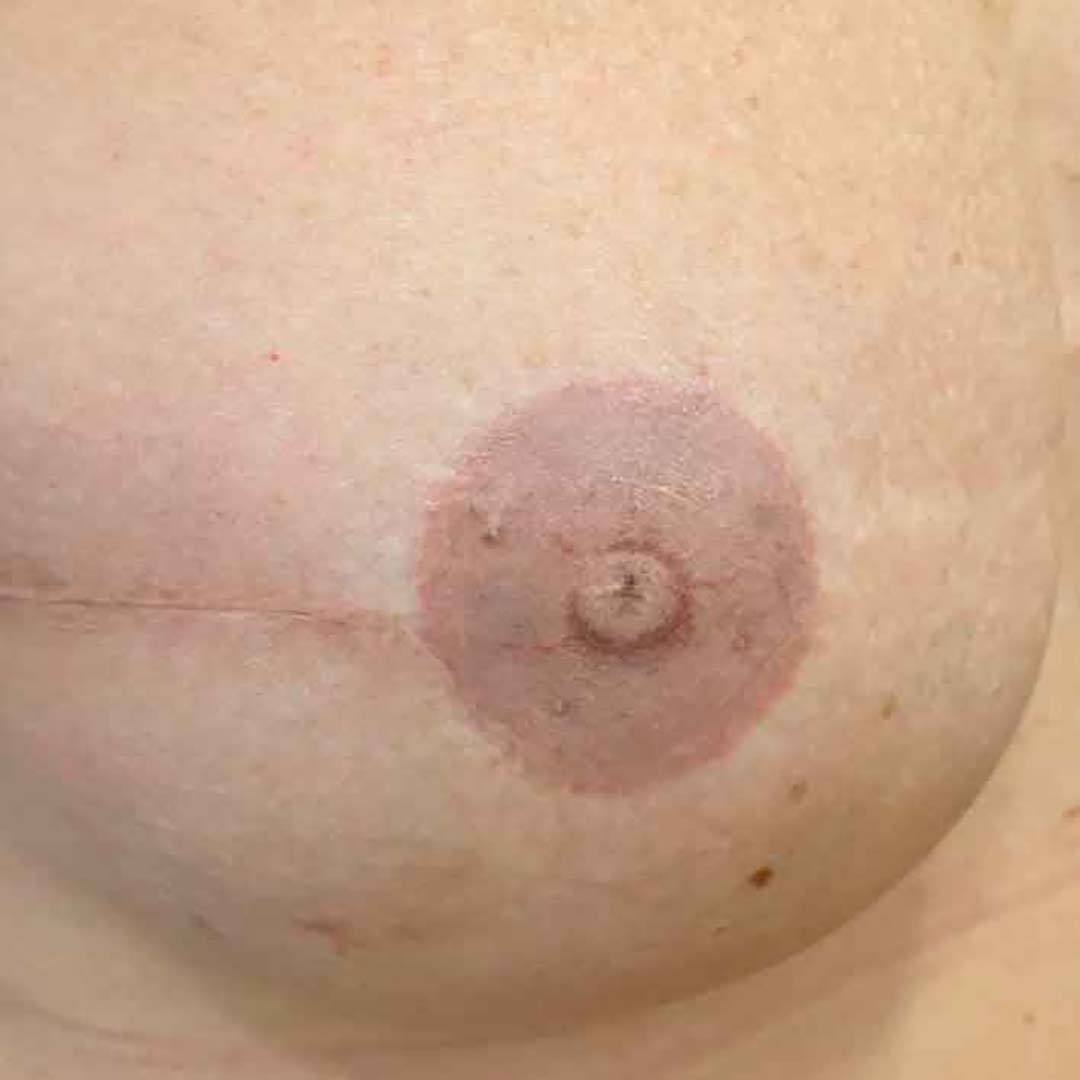
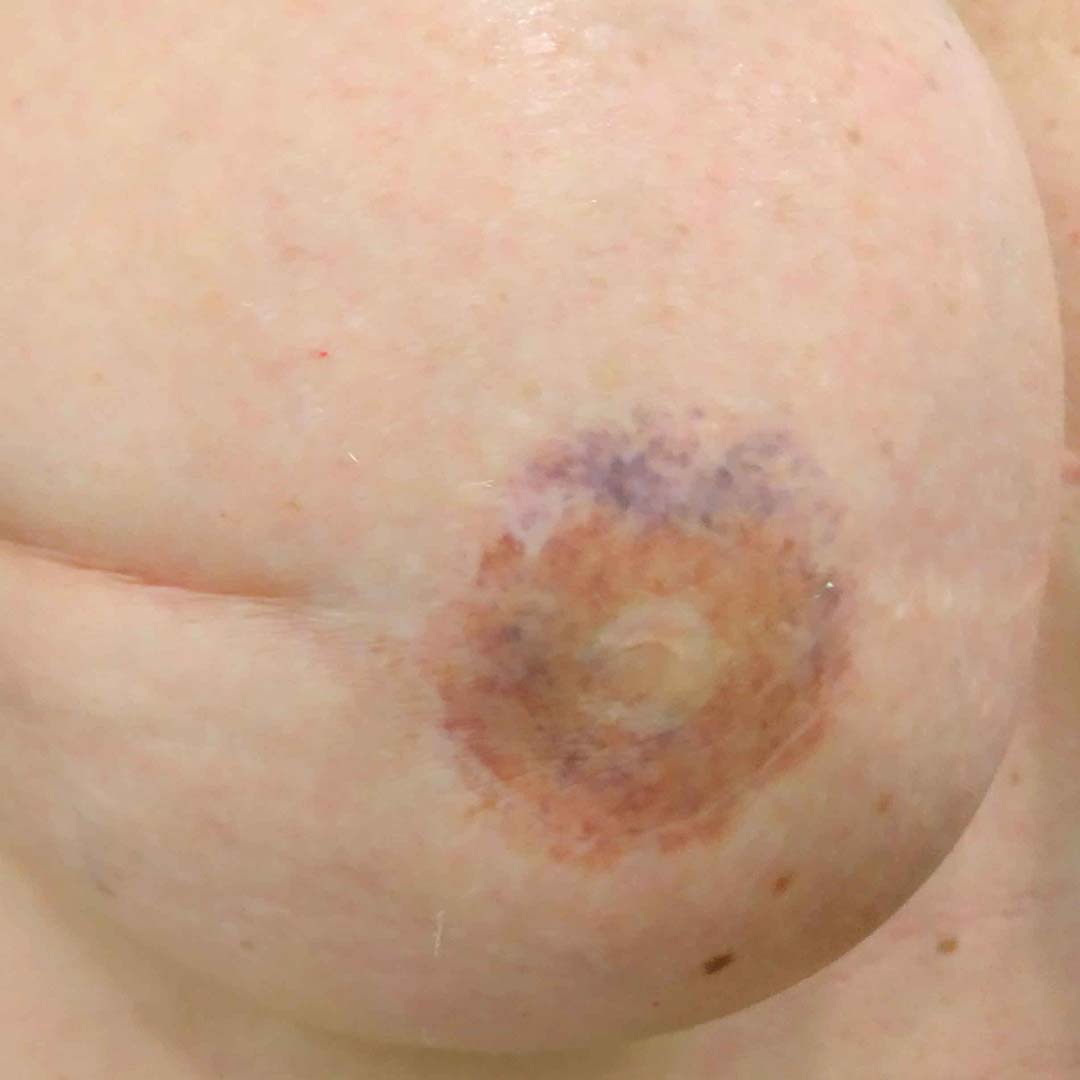

Our areola micropigmentation technique is a painless and non-invasive procedure. Designed with the utmost care, this treatment does not cause inflammation or damage to the skin, ensuring a safe and comfortable process for all our patients.
Reconstruction of Eyebrows and Eyelashes with Micropigmentation
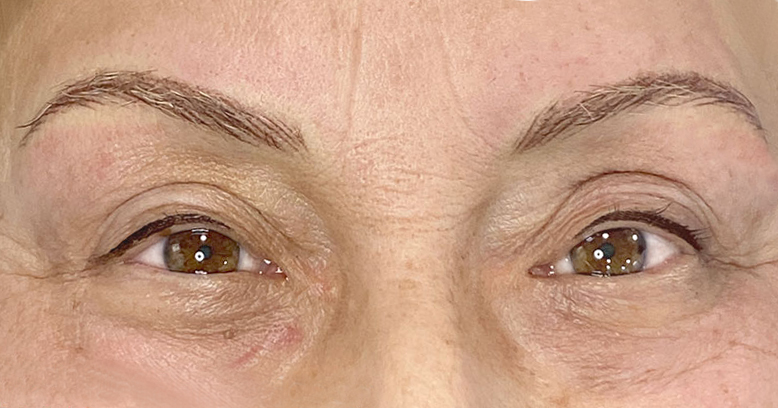
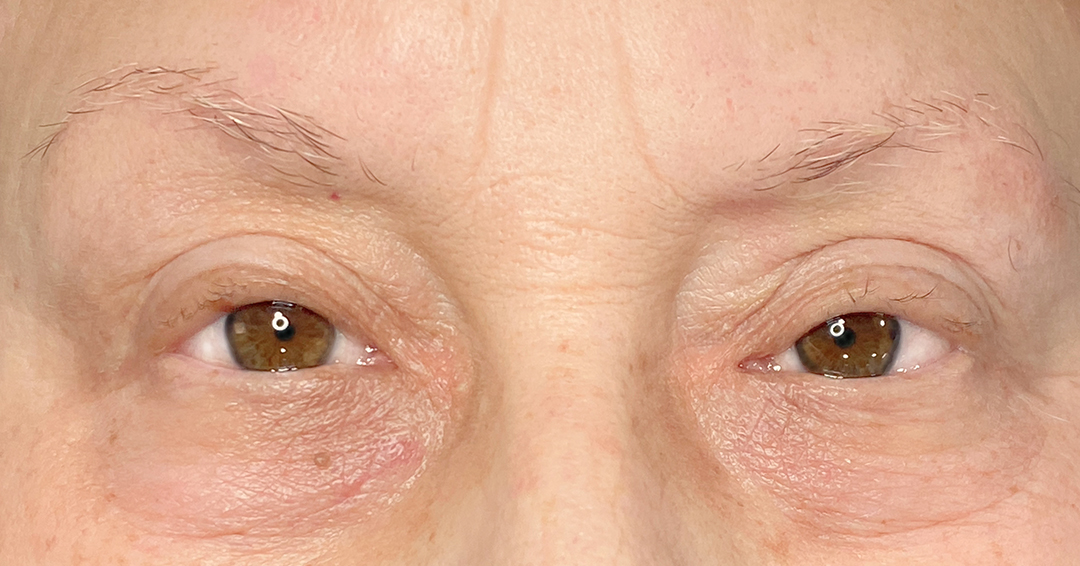
At Omicroart, we specialize in restoring the original appearance of eyebrows in situations of total or partial hair loss. This is achieved through a meticulous process of microblading, recreating their density through the application of subtle shading.
It’s important to note that, in cases of oncology patients, microblading treatment is contraindicated due to its aggressiveness on sensitive, thin, and radiation-exposed skin. In these circumstances, we recommend only micropigmentation as it is the most clinically appropriate treatment.
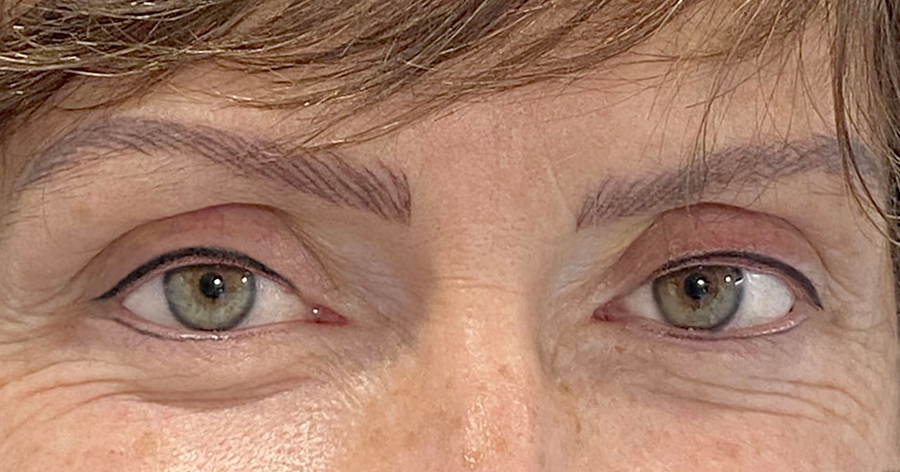

Additionally, we offer micropigmentation services to subtly define the area of both upper and lower eyelashes, visually recreating an appearance of fuller, denser, and darker lashes.
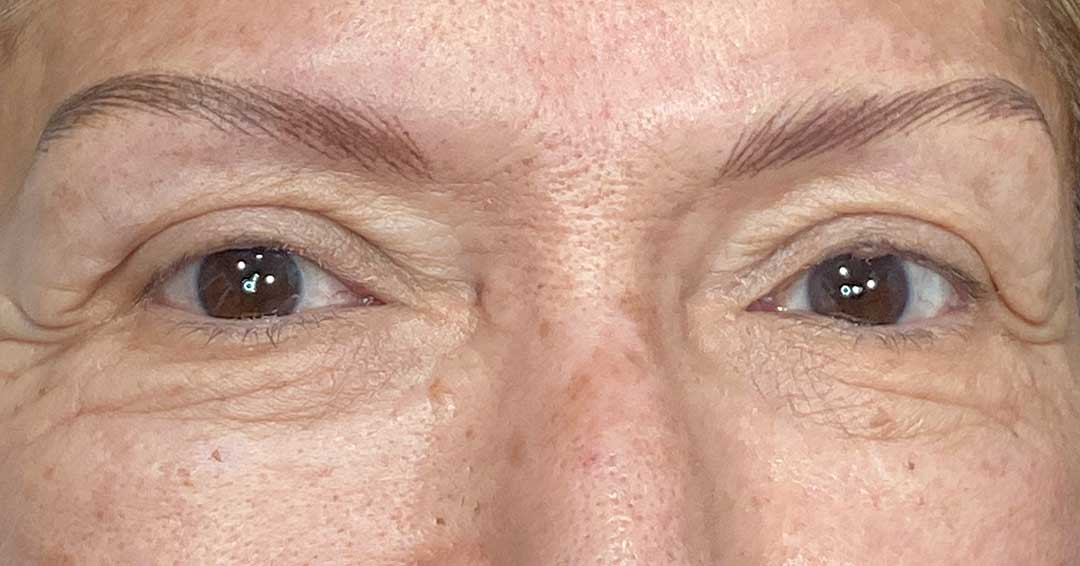
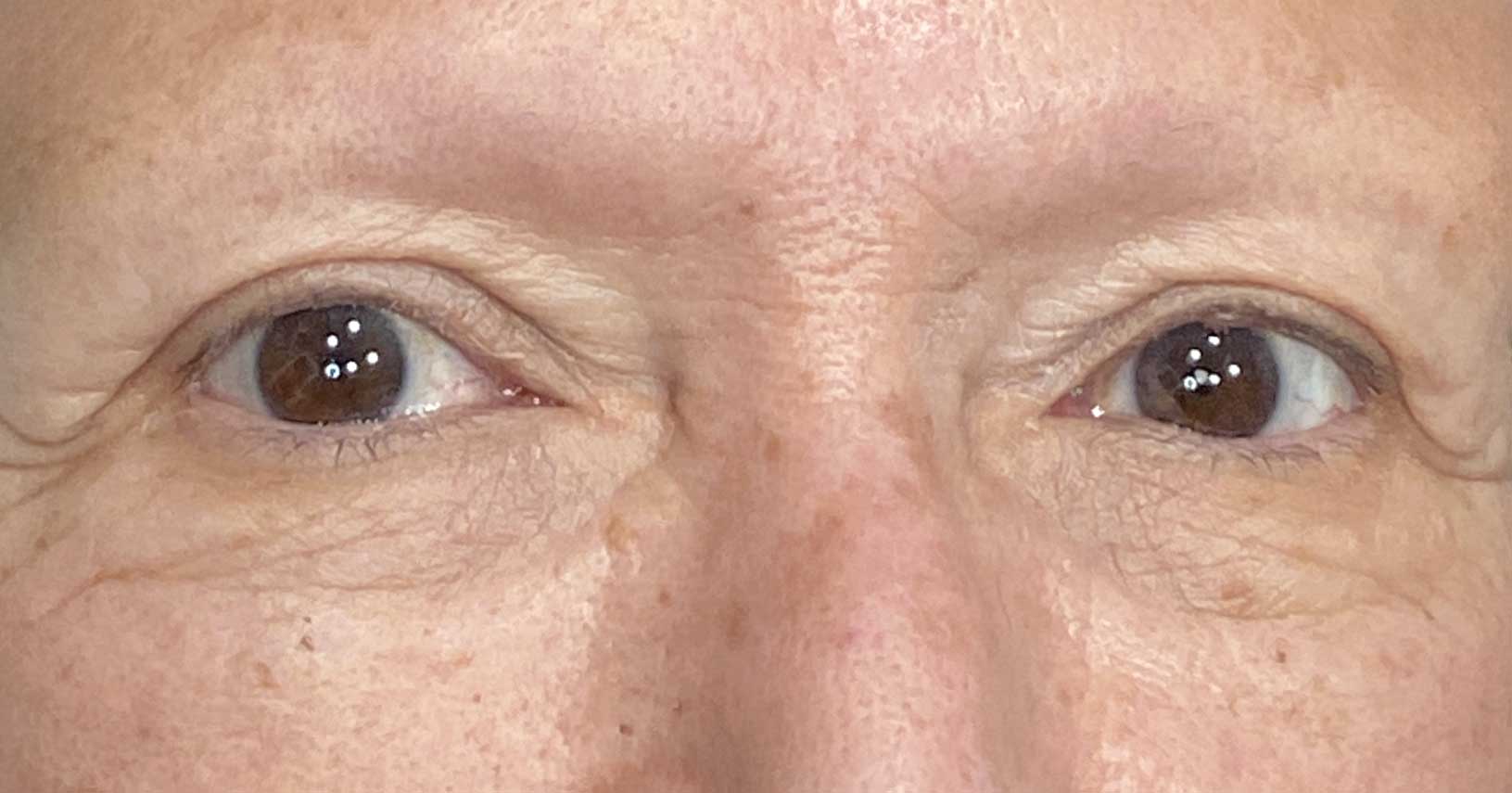

When is the ideal time to start eyebrow micropigmentation treatment?
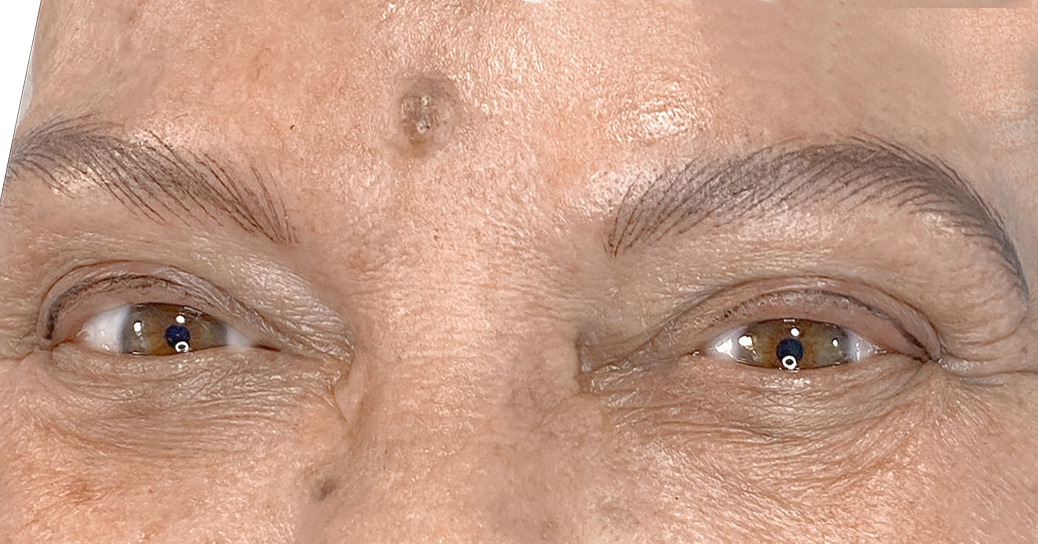

We always take into consideration the individual needs and facial characteristics of each client to ensure a natural and harmonious result.
Care and Commitment at Omicroart
We foster an environment of closeness and warmth. We strive to humanize relationships with our patients, especially those dealing with oncological diseases. Our main goal is to ensure their comfort and well-being.
Omicroart’s priority is you.
Frequently asked questions
When is the ideal time to start areola micropigmentation treatment?
The ideal time to start this treatment is between 6 months and a year after the breast reconstruction performed by the surgeon.
Is areola tattooing treatment safe?
Oncological micropigmentation is safe when performed by an experienced professional using high-quality pigments. This procedure, carried out with the utmost care and with pigments approved by the AEMPS (Spanish Agency for Medicines and Health Products), offers a high level of safety.
What care should I take after an areola tattoo?
Patients who undergo oncological micropigmentation must follow specific post-treatment care instructions. The decision to undergo this treatment before or after cancer treatment is a personal choice that is discussed and respected in each case.
Here are some instructions patients should follow after the procedure:
- Remove the dressing applied by the technician 48 hours after the session.
- Apply a special ointment for a week.
- Avoid exercise for the next 7 days.
- Once the dressing is removed, apply a small amount of specific healing cream 2-3 times a day, or as needed.
- Do not scratch, rub, or remove the scab.
- Keep the area clean, dry, and moisturized. Avoid sweat, excess water, saunas, pools, or the beach.
How long does areola micropigmentation last?
Generally, micropigmentation can last between 3 to 6 years, but its duration depends on factors such as:
- Skin quality
- Phototype
- Genetics
- Immune system
- Aftercare and protection against UV rays
Here are some instructions patients should follow after the procedure:
- Remove the dressing applied by the technician 48 hours after the session.
- Apply a special ointment for a week.
- Avoid exercise for the next 7 days.
- Once the dressing is removed, apply a small amount of specific healing cream 2-3 times a day, or as needed.
- Do not scratch, rub, or peel off the scab.
- Keep the area clean, dry, and moisturized. Avoid sweat, excessive water, saunas, pools, or the beach.
